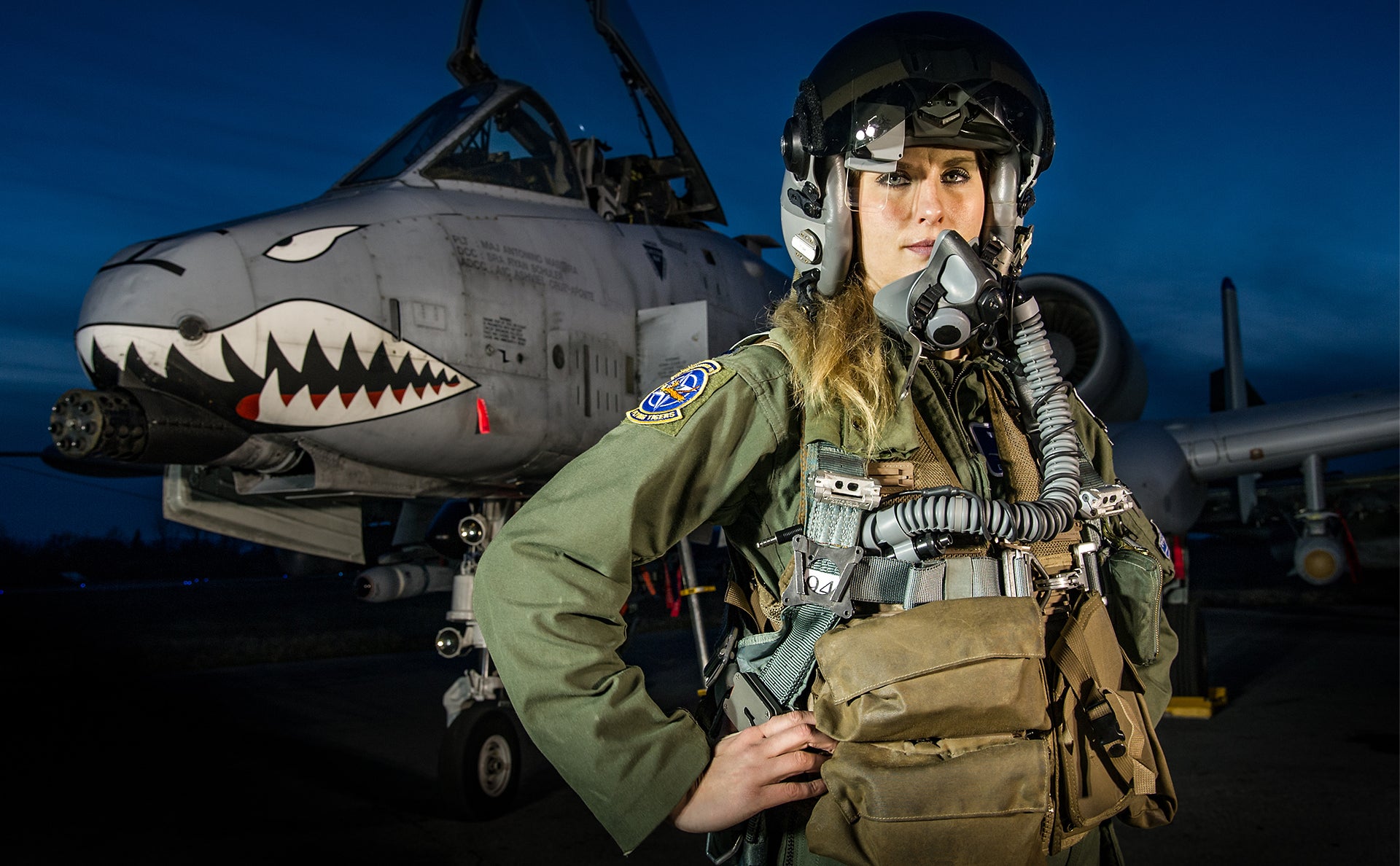Kayla Bowers loves riding horses and target shooting. That fits nicely with her day job, where she tames the Air Force’s thoroughbred close air support jet, the A-10 Warthog, and executes aerial target practice using the aircraft’s legendarily massive and hideously powerful GAU-8 30mm Avenger cannon.
Lieutenant Bowers is better known by her peers in the 74th Fighter Squadron, “The Flying Tigers,” by her callsign, “Banzai.” Being a female fighter pilot is still a rare experience these days, and being one that flies the rugged A-10 Warthog is rarer still: today, only around five women fly the jet, according to Lieutenant Bowers.

In what is arguably the most masculine flying machine on the planet, Banzai found her true calling early on. She grew up in the tiny town of Pinckney, Michigan, pop. 2,500. The drive to fly for the military came to her while she was in high school.
“I was looking into the military as a possible career field,” Banzai says. “It really intrigued me that I could go into something that could offer such a challenge and adventure on a day-to-day basis. I looked into the types of things that would be the most challenging and adventurous I could do as a woman in the military, and got interested in flying.”
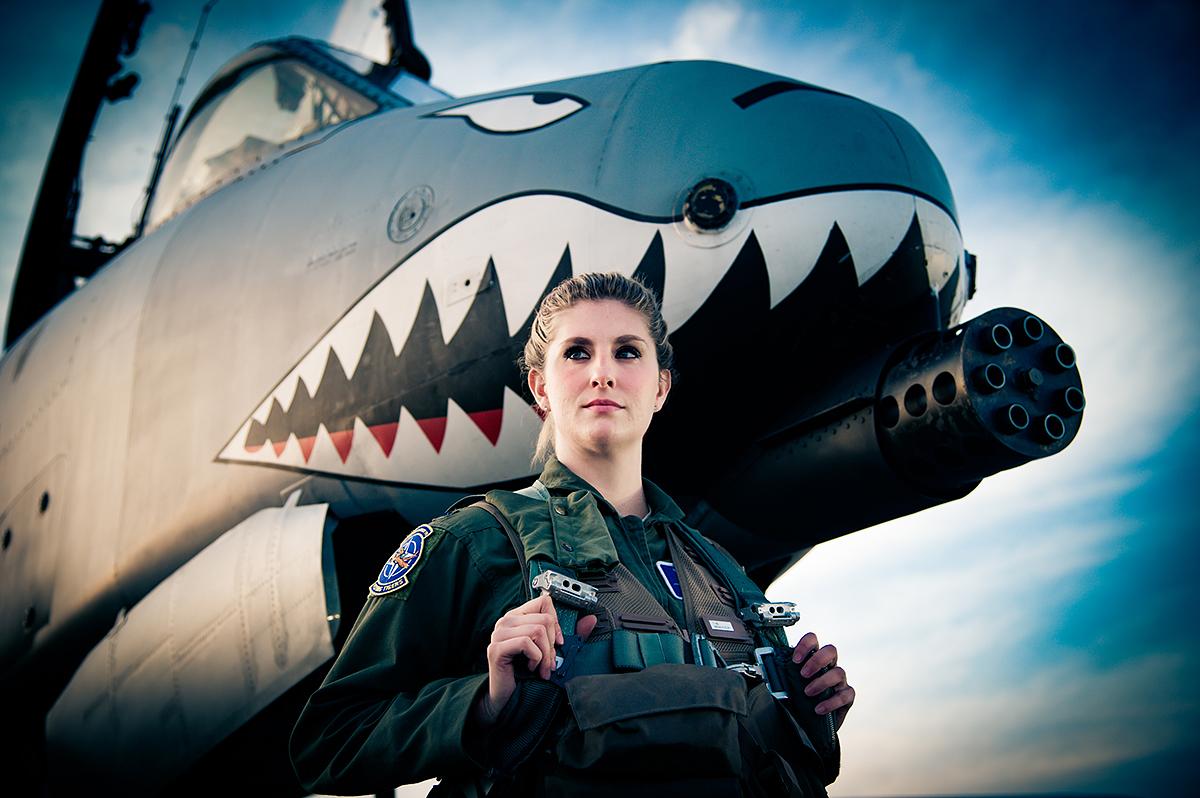
“I started researching the different aircraft,” she continues, “and when I learned about what an incredible platform the A-10 is, and looked at its combat search and rescue (CSAR) mission—it intrigued me. I also heard stories about it from high school friends who had enlisted in the Marine Corps and the Army. They had already deployed and told me stories of the A-10 saving their lives. It just really spoke to me that I could potentially do something like that, and make such a difference in somebody’s life. It’s not glamorous. Really, it’s just a very rugged aircraft that has a lot of capabilities. It’s just really incredible.”
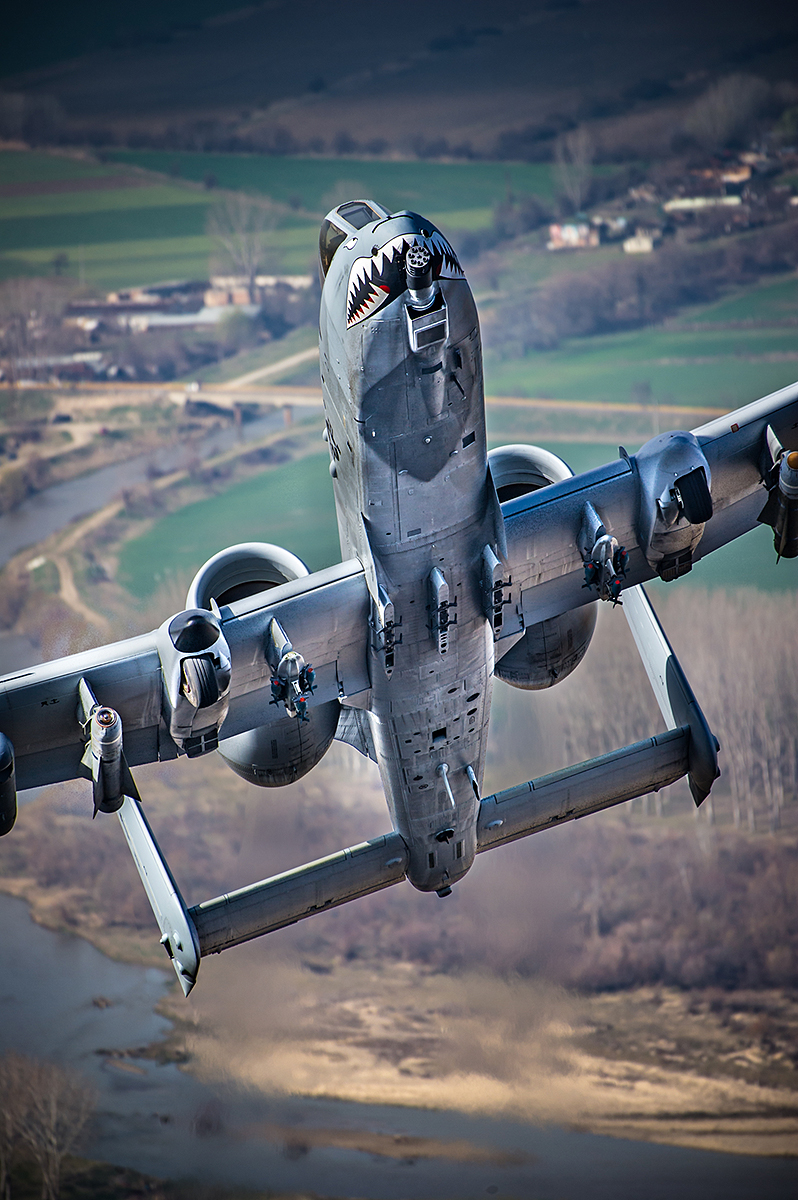
She enrolled in ROTC (Reserve Officer Training Corps) after graduating high school and started college in 2008. After completing flight training years later, she ended up exactly where she wanted to be: in the A-10’s cockpit, surrounded by a “bathtub” of titanium armor. Along the way, she was pranked by her instructors.
“They played a trick on me on assignment night, which is not very nice,” she says of the evening when aircraft assignments are handed out. “When I first got up, they pretended like I had received a first assignment instructor pilot slot, and they kind of sent me back and let me think that that was what my future was. In the end, I found out I had really gotten the A-10. It was a roller coaster of emotion day, that’s for sure.”
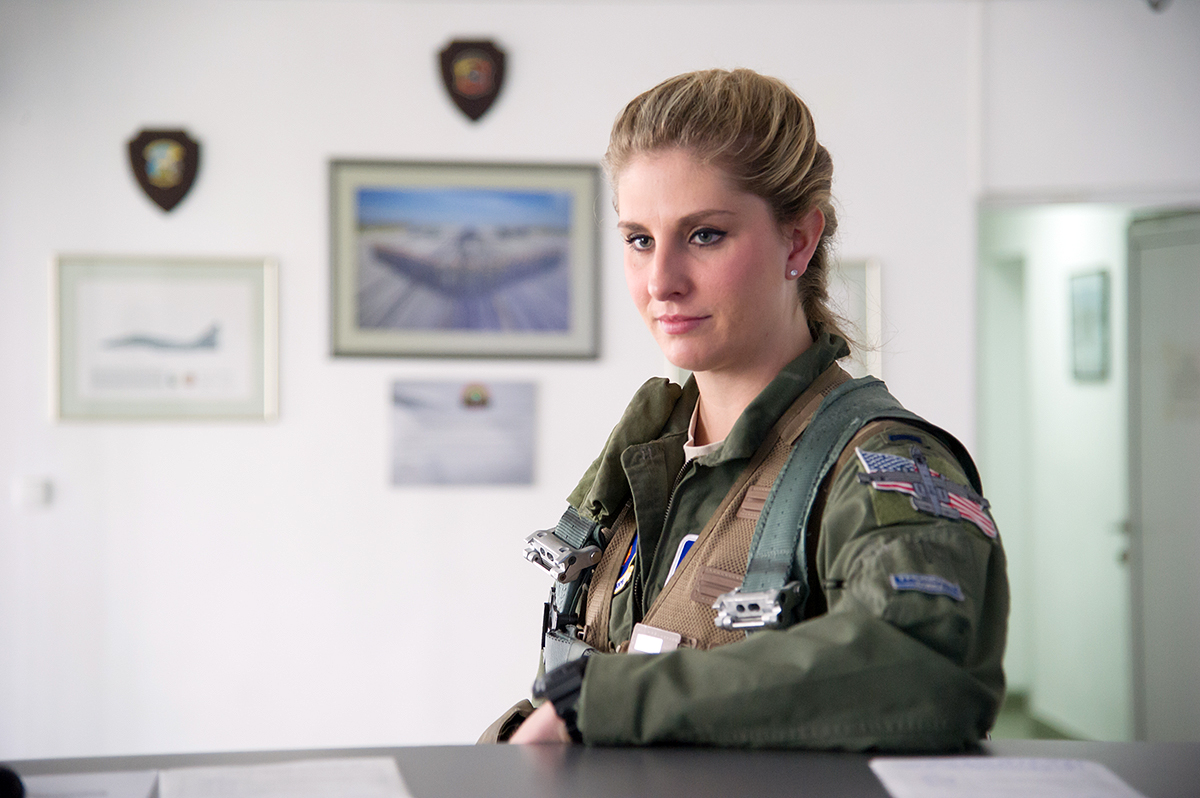
It took a while to move from flying the slick T-38C Talon trainer to strapping into her dream jet. But when the time finally came, it was eye opening.
“You obviously have a lot of academics before your first flight and various other training events on the ground,” she says. “Actually flying the A-10 for the first time felt awesome. After six years of just loving that aircraft and wanting the A-10 so bad, the first time I flew in it, I remember thinking it wasn’t even real life. I just could not believe it. You go out and you fly some instrument approaches and you fly advanced handling characteristics, maneuvers, as well as some formation, like close formation fingertip, route, all of that.”
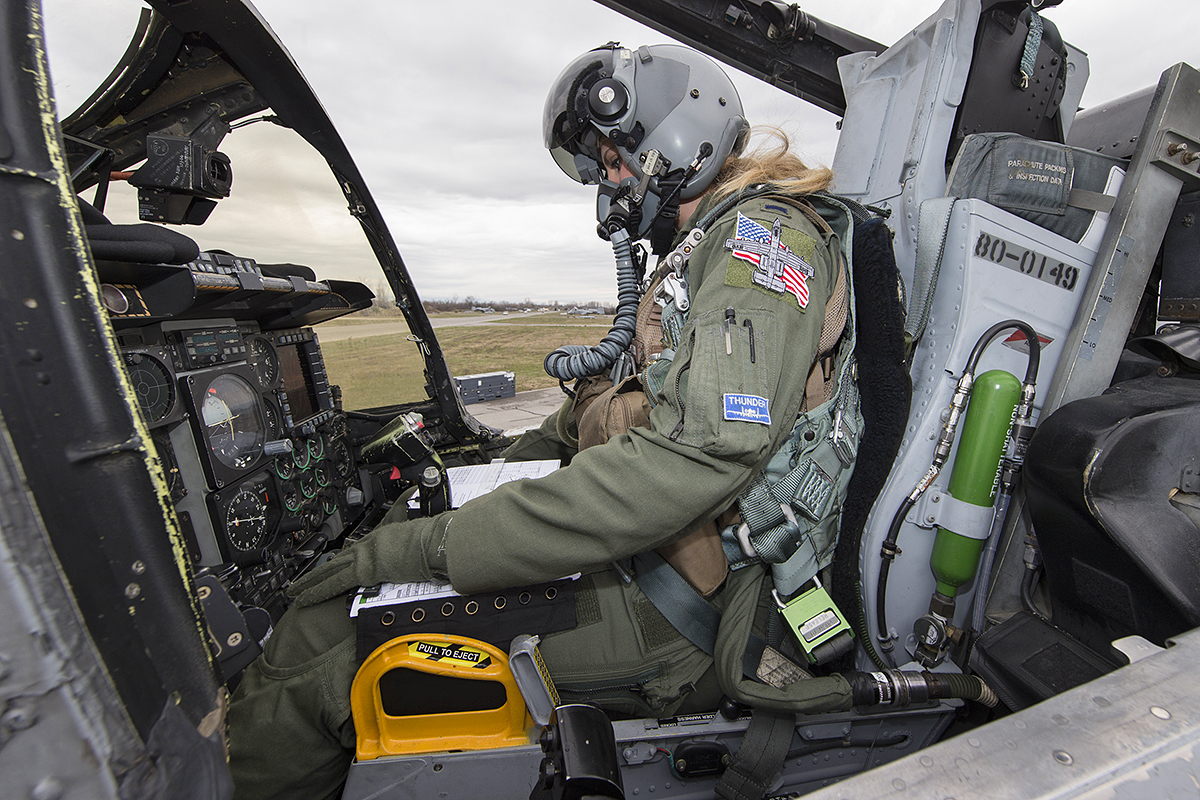
And what about firing the A-10’s notorious gun?
“I grew up shooting, so it kind of fits that now I shoot one of the biggest guns around. Shooting in the air is a rush, but it’s still a rush shooting on the ground too. I like doing that.”
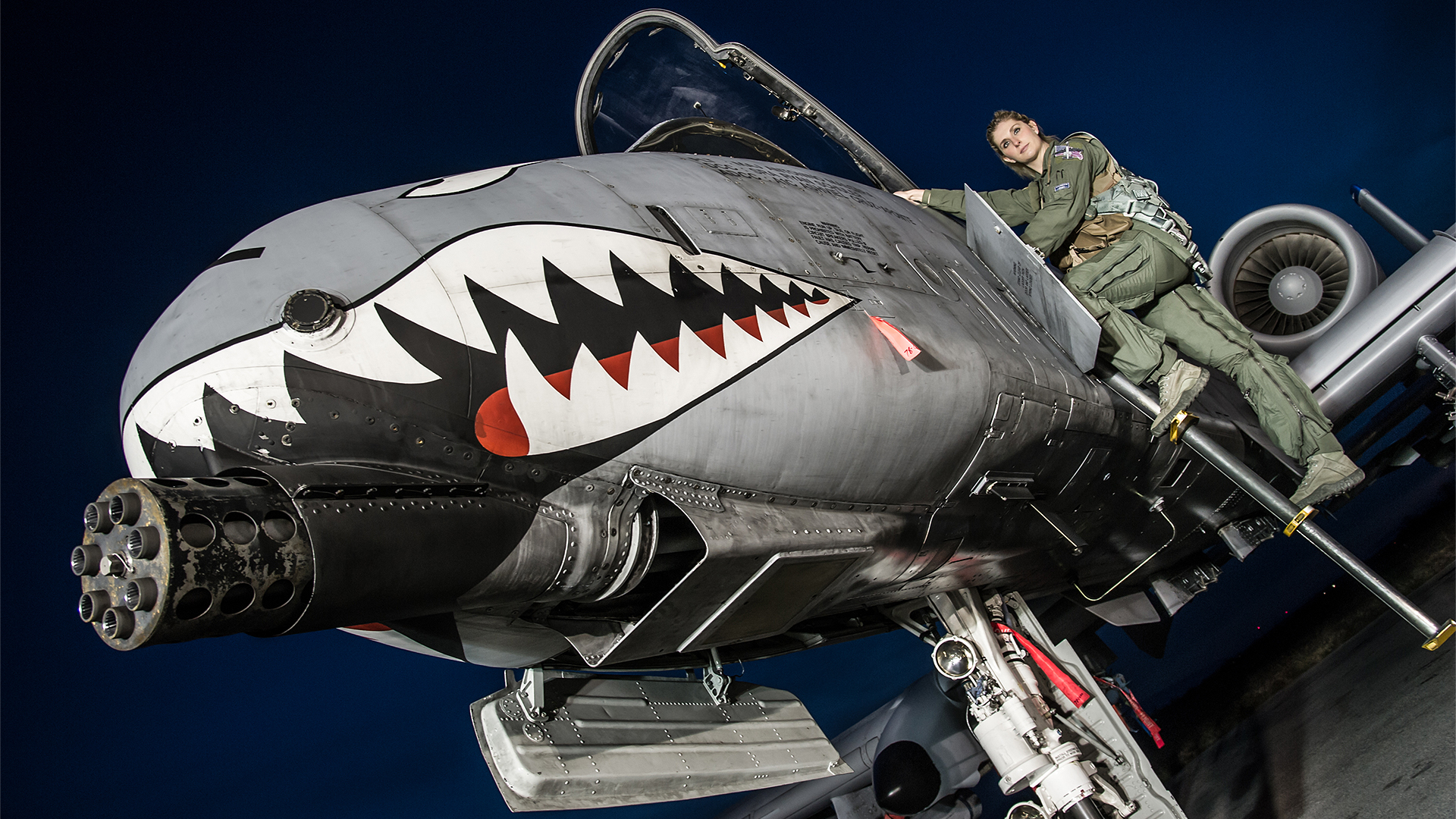
Banzai has been assigned to Flying Tigers since December of 2014. Her first assignment at a frontline squadron has been an incredibly positive experience according to the young lieutenant that is still mastering the ins and outs of the mighty Warthog.
“When I got into the 74th, I remember thinking, Wow, there is not a single person I don’t like in this squadron. I really feel like I fit in and the guys don’t treat me any different just because I’m a girl. As long as you show up and you do your job and you don’t do things to stick out as a female, nobody is going to think anything of it.” Banzai continues, “These guys are my family, for sure. It’s really cool to share experiences and little inside jokes and things like that. Everyone has each other’s backs.”
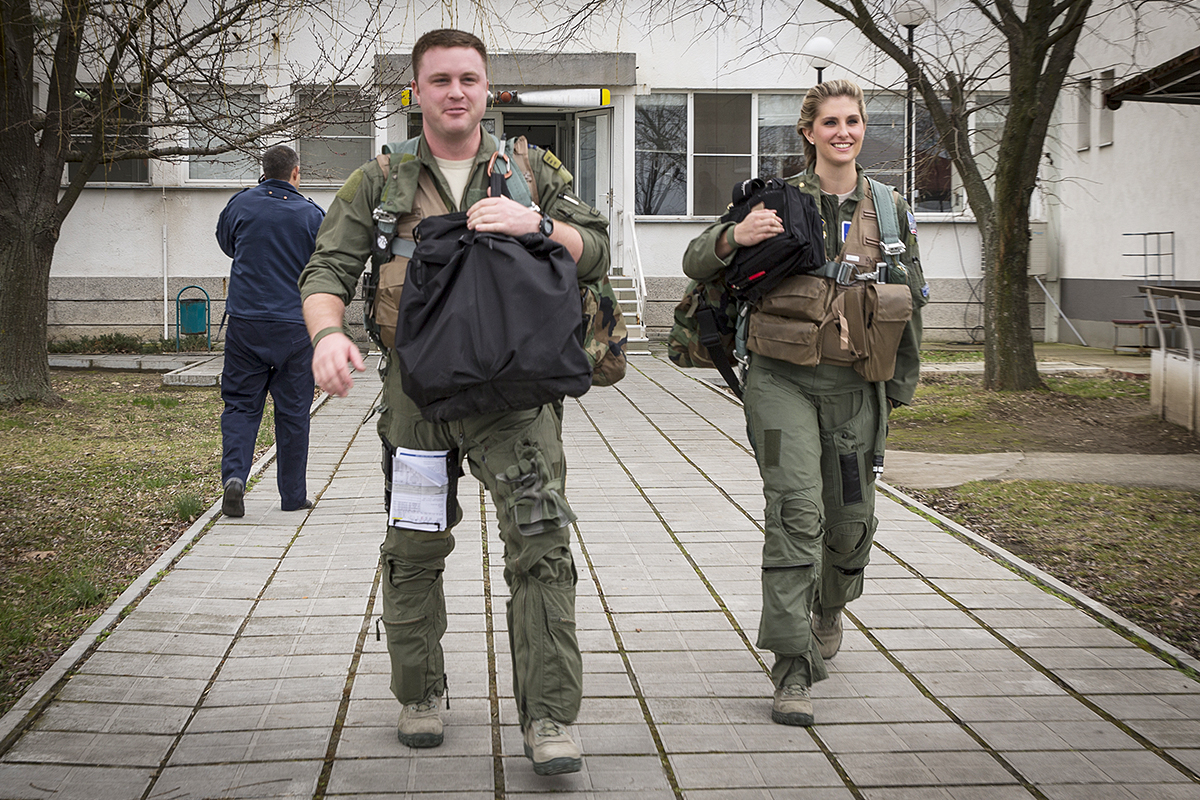
This high level of camaraderie has come in handy during the squadron’s six month deployment to Eastern Europe as part of Operation Atlantic Resolve.
It was on this historic deployment at Graf Ignatievo Air Base, Bulgaria that we met up with Banzai, who had been flying missions with Bulgarian Air Force’s Su-25 Frogfoots, the A-10s Soviet-designed counterpart, and Mi-24 Hind attack helicopters.
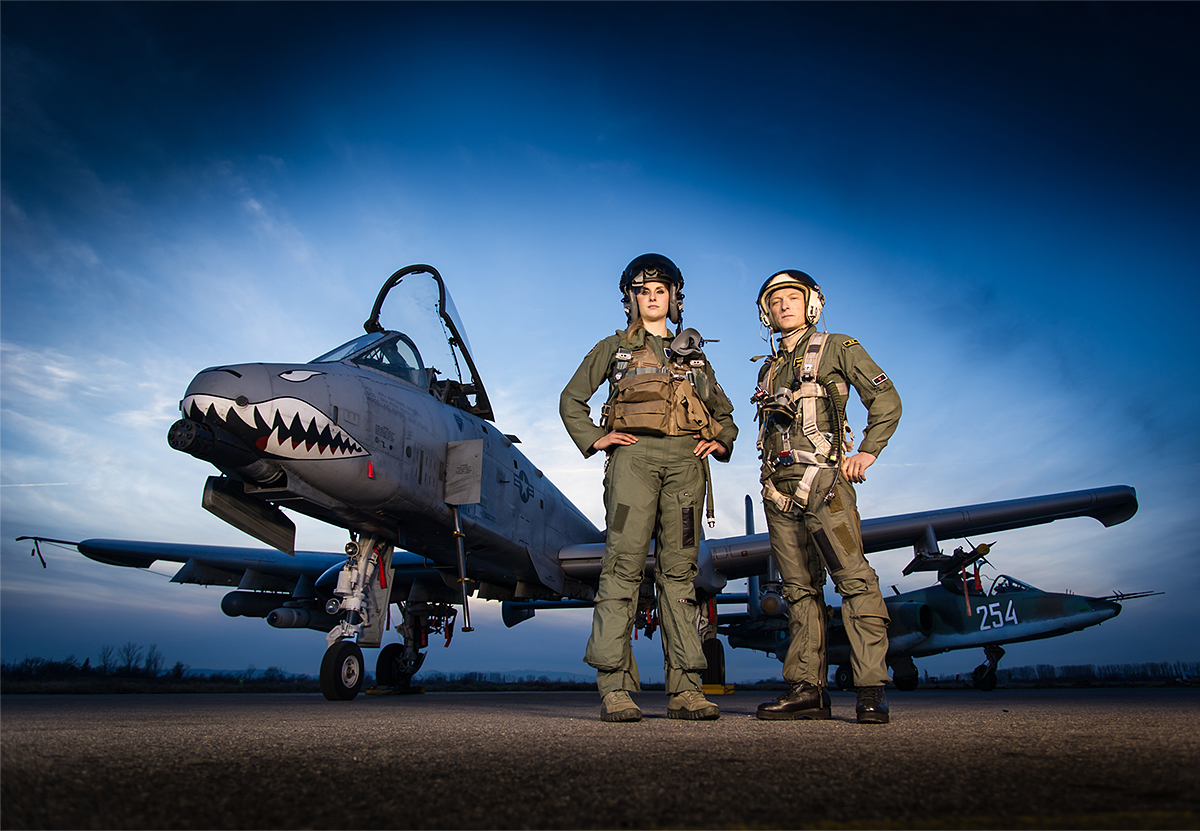
“Back home in Valdosta, Georgia, I just bought a small farm. I have two horses. My husband is in the military as well. He’s in the Army, so we’re used to being separated. It’s maybe a little bit easier on me than most people who live with their spouse on a daily basis because we’re a little bit more used to the separation. But it’s still hard. Having the same people around you makes it a lot easier. You have so much fun and you’re always laughing and having a good time and making memories.”
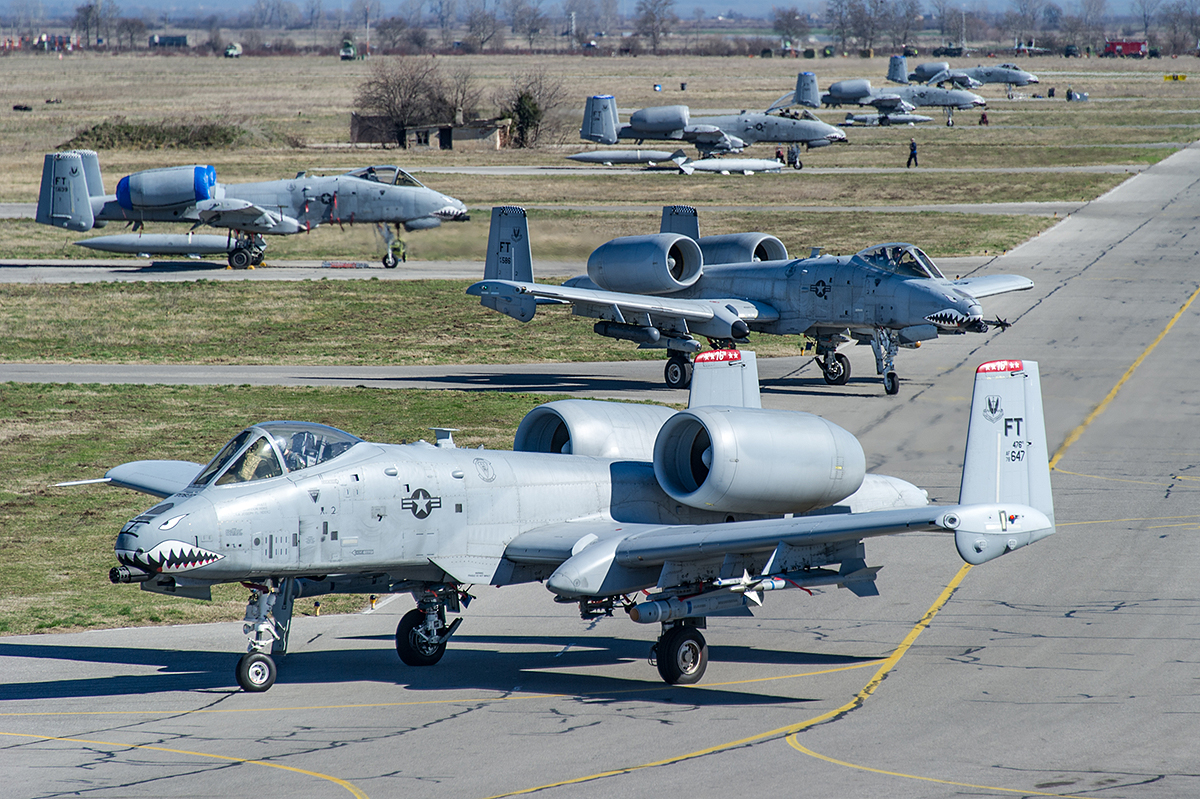
The young Hog Driver is racking up the memories on deployment, including working with some unusual assets in unfamiliar places. For instance, her last mission over the Bulgarian bombing ranges.
“We had the Rustics out there [callsign for Forward Air Controllers that direct aerial attacks from the ground], and we had a Mi-24 Hind attack helicopter and then two A-10s, so we were working coordinated attacks on the range. It was the first time the Bulgarians have done this. It’s definitely the first time I’ve been able to work coordinated attacks with a Hind.”

“Starting off, we worked on timing and deconfliction. The type of attack—the game plan—was a sectored sequential timing based off a time over target (TOT). So the way it would work was that we both held deconflicted in our airspace east and west of the target. Since the ceilings [the space between the ground and the cloud deck] were pretty low, we were holding about fifteen hundred feet AGL [above ground level], and the helicopters were holding at right around three hundred feet AGL.”
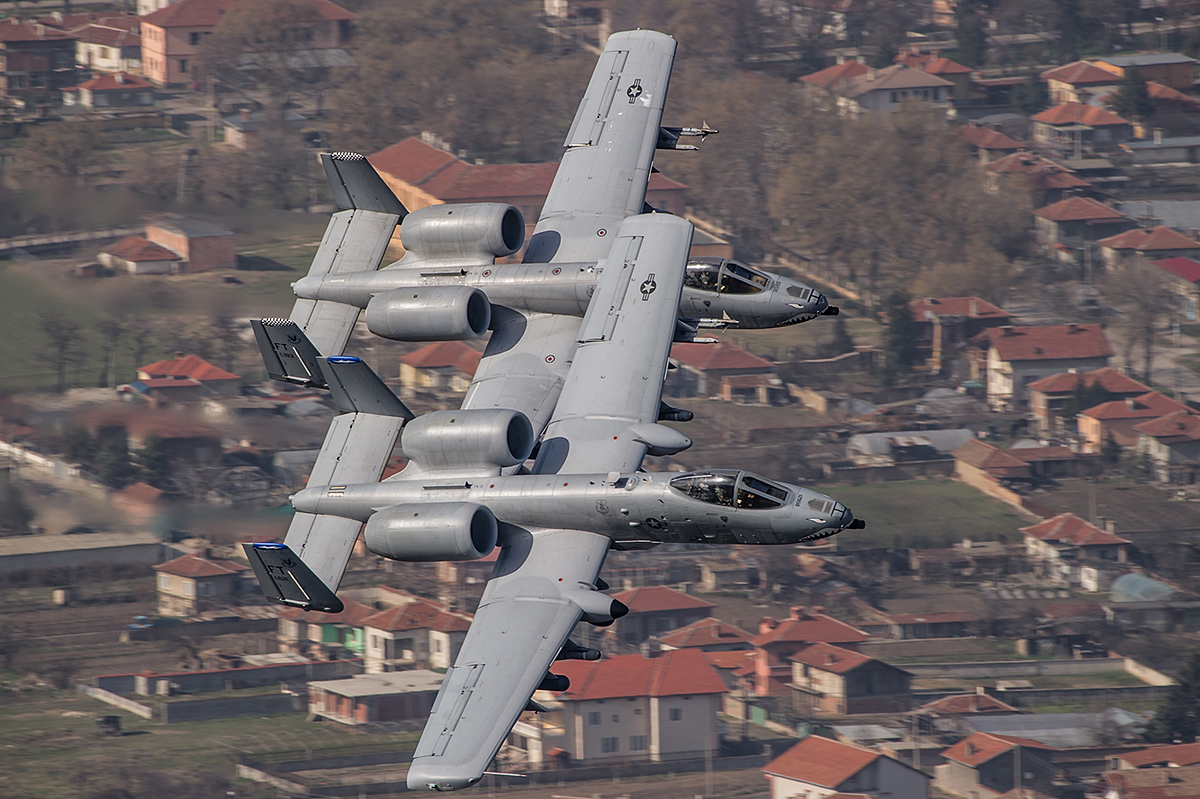
“We were still laterally deconflicted east and west from the target, and so then we would set a TOT for a hog or boar flight, that was us, and a TOT for the Hinds. We would then ingress into the target area first and do our weapons delivery, egress, and then the Hinds would be in shortly after us to do their weapons delivery and egress as well. It was a target rich environment for sure, something that as a two ship of A-10s there were still additional targets that could be hit, so the Hinds were of good use.”
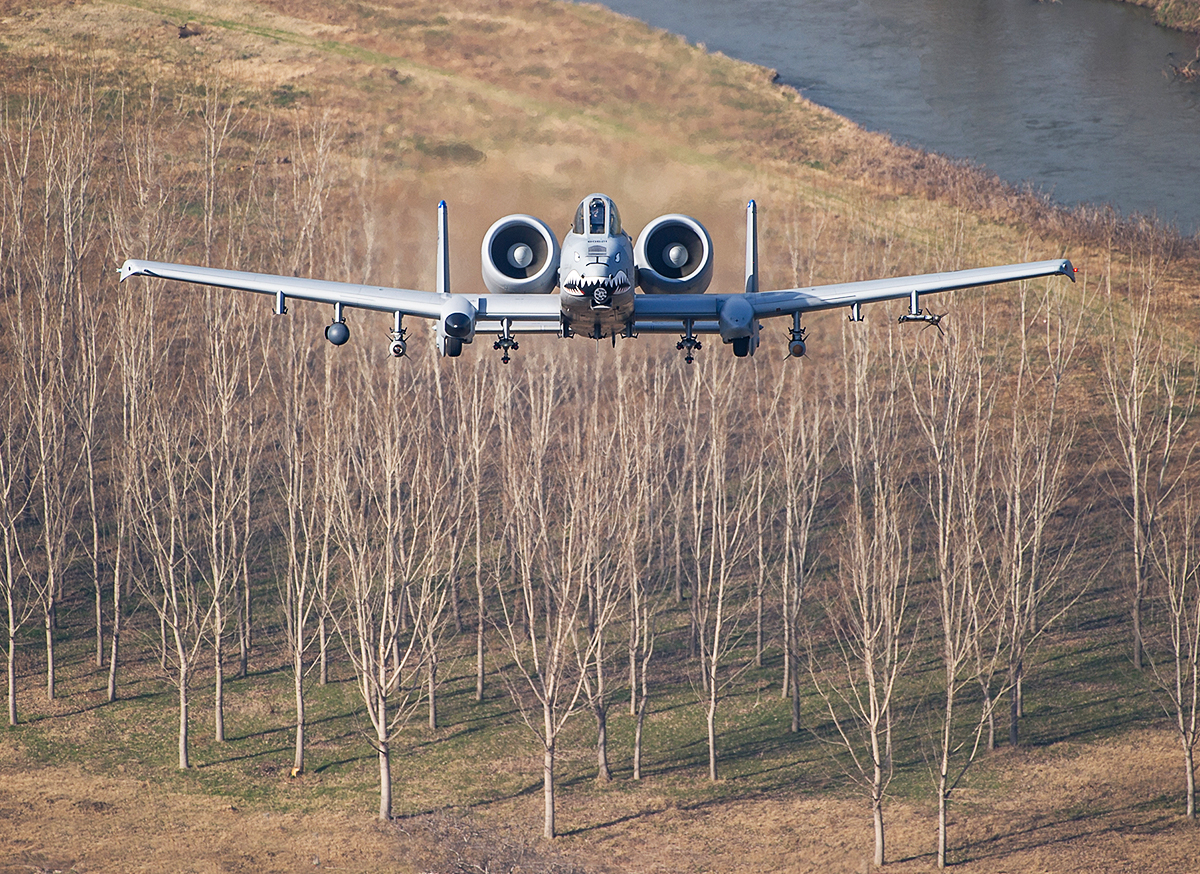
“They also have different ordnance. They were carrying different ordnance than we were, so they were using rockets, and we were using bombs and guns. Different weaponeering considerations as well. They bring a further option to the fight. It went off pretty much without a hitch. Definitely once we got to the second and third attacks it was flowing pretty smoothly.”
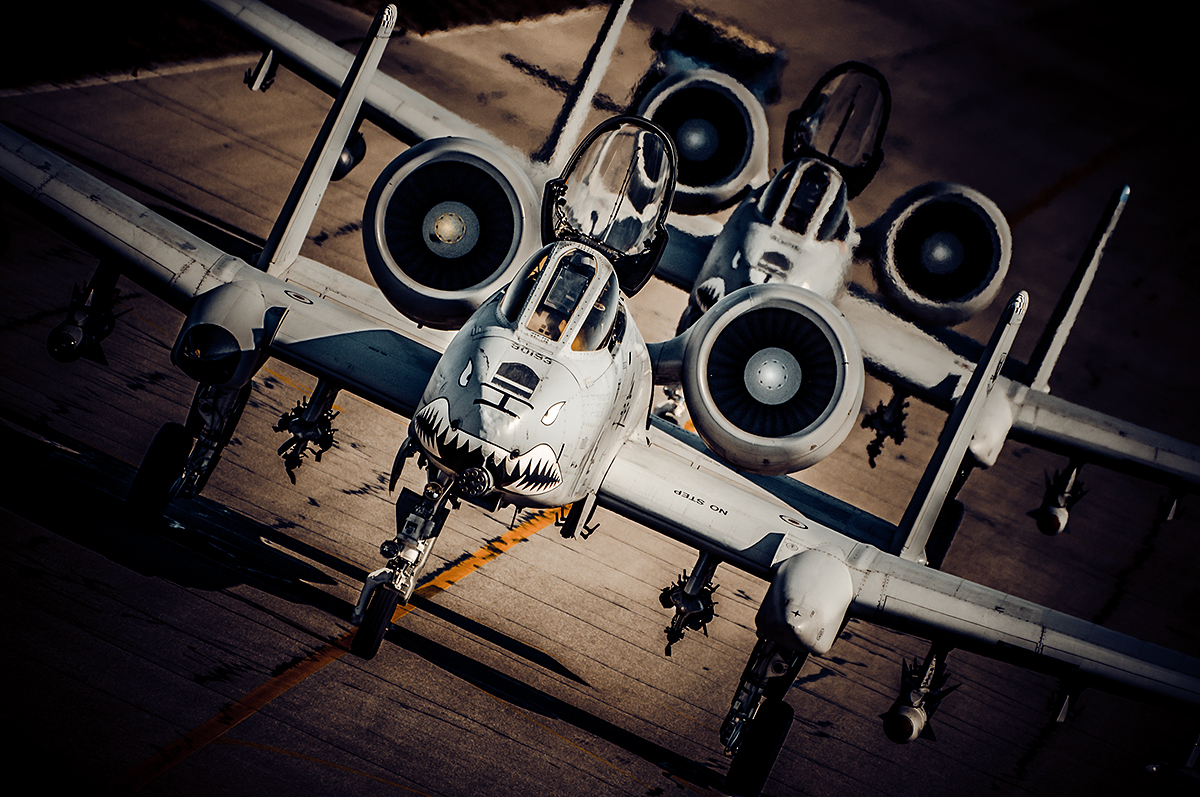
It is amazing hearing someone go from talking about their love of horses to describing employing one of the world’s most deadly weapon systems in science-like detail, but that is the nature of any true fighter pilot. Still, it’s not all about flying. Breaking down each mission into learning points is what makes good pilots great.
“After the mission we’ll sit down with the forward air controllers and with my flight lead and we’ll discuss our portion of the scenario. I’m not sure if the Bulgarians are planning on meeting us here or not, but we’ll probably do an over the phone debrief or maybe debrief tomorrow after we gather all the data and information from the sortie.”
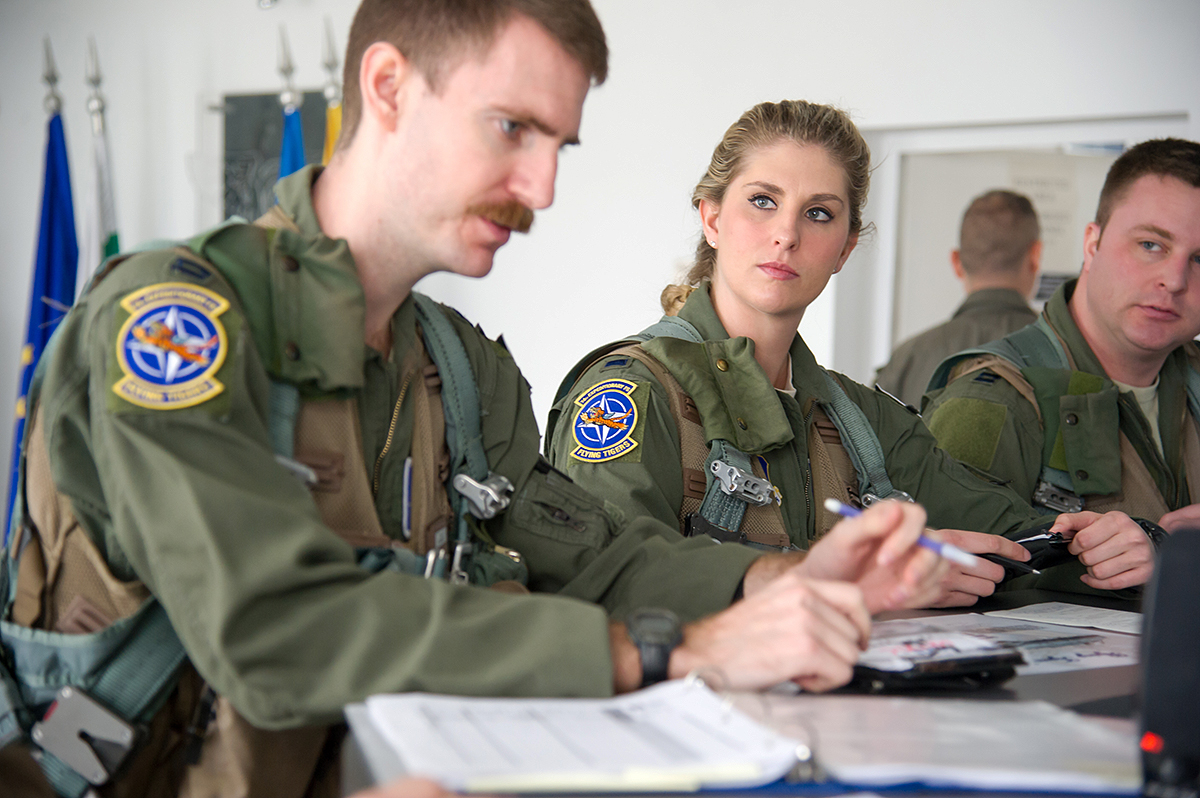
“I learned that each platform has different tactics, techniques, and procedures, and they operate a little bit differently. We are really used to working coordinated attacks with other A-10s. Every platform has something different that they bring to different tactical scenarios or tactical problems that are presented. So for me the biggest thing was learning the timing references of working helicopters into a coordinated attack. They don’t move quite as fast as an A-10, so you have to think differently about what TOTs you would use for them separate from, you know, what you might give an A-10.”
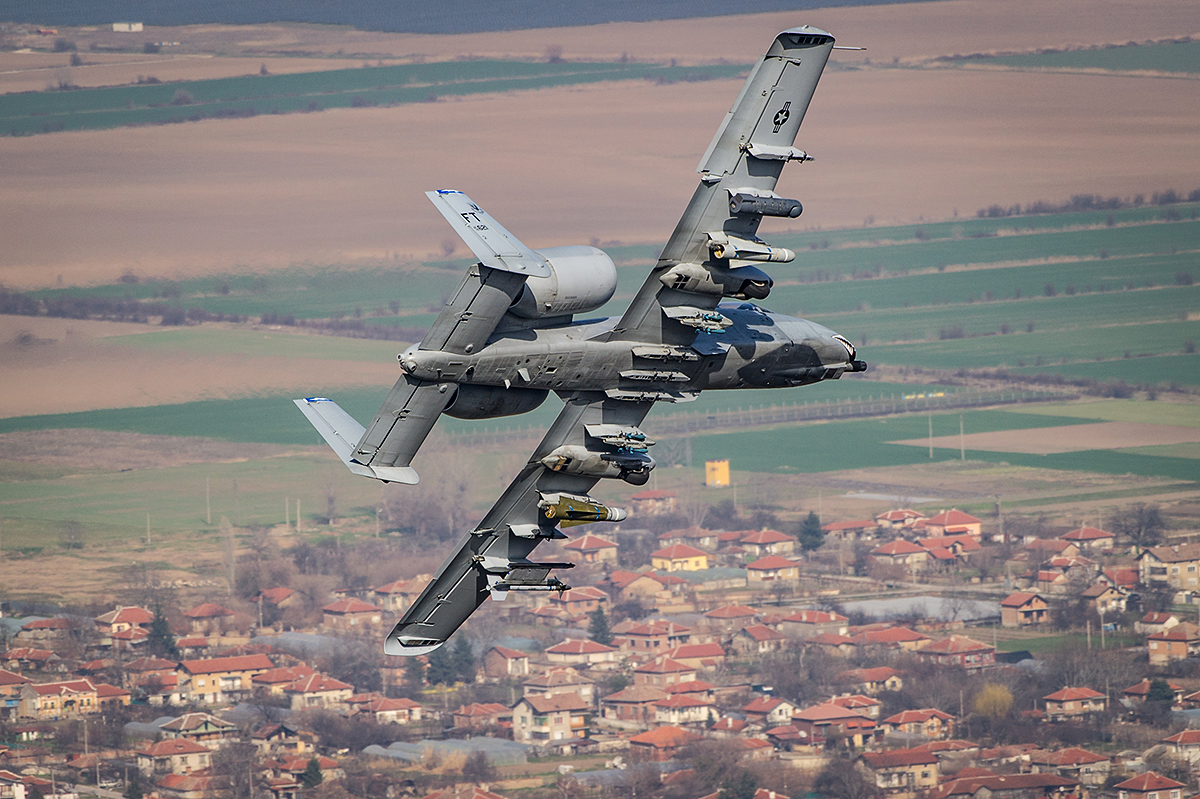
“We’ve been focusing a lot on combat search and rescue (CSAR). When we first got here that was our main emphasis item. We’ve been doing a lot of integration with the Cougars (CSAR helicopters) and the MiGs in an air-to-air arena. This was probably the first time we had the opportunity to look into some other training opportunities.”
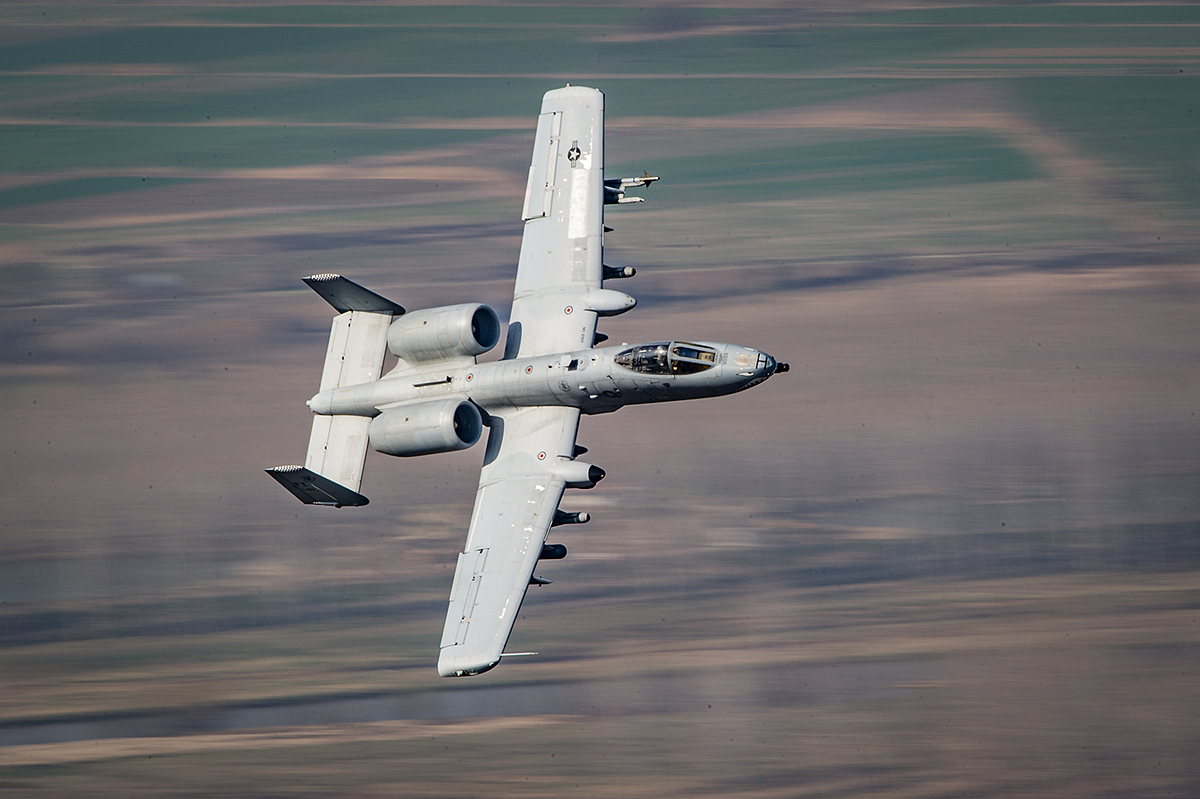
“The more you fly, the more your habit patterns solidify, so it’s easier to fall back on them. When you get more task-saturated, it’s easier to fall back on those already set habit patterns. Still, every single time I fly there’s always something to be thinking forward to, and you’re always trying to stay ten steps ahead of the jet.”
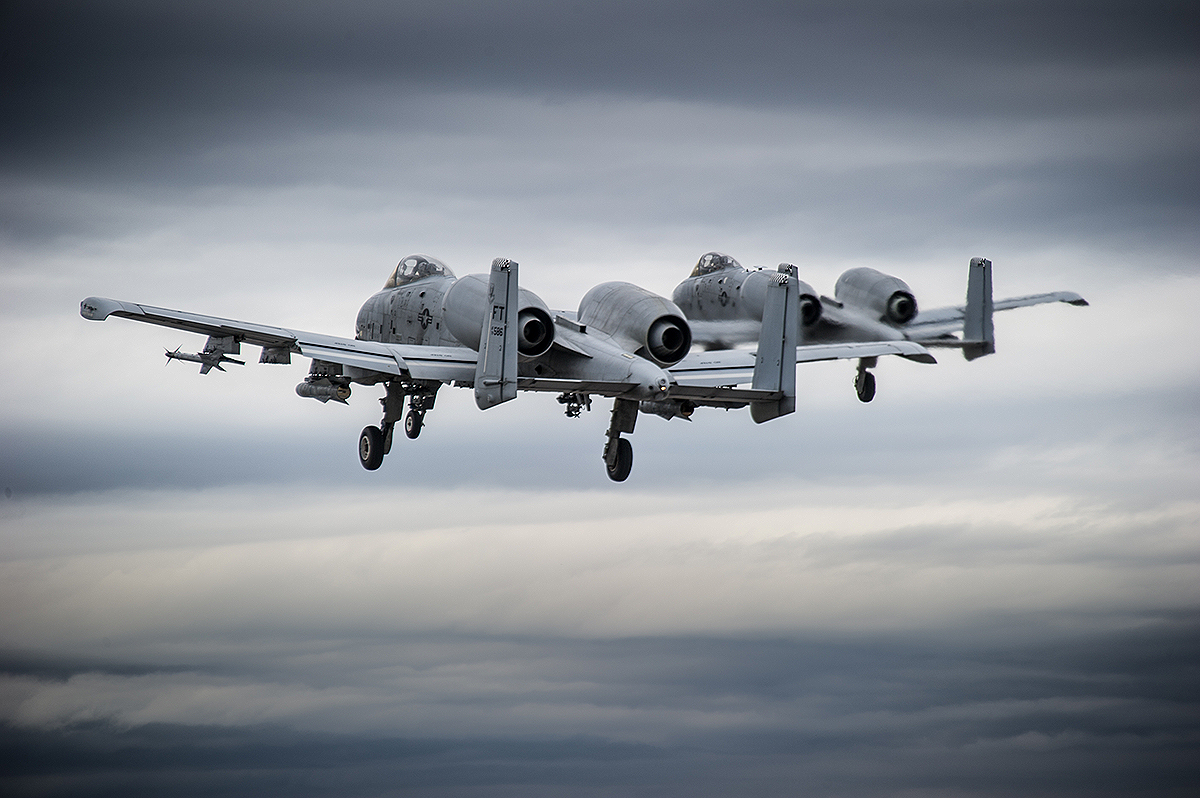
“Just getting your general close air support cadence and flow down is something that comes with more experience, and the more scenarios you see and the more problems you’re presented with, the more your toolkit expands. As you either make a mistake or see how somebody else handled something, you can take those experiences and say, Oh, yeah. I remember that time that I was presented with that problem, and this is what worked. Then in the future you can use that.”
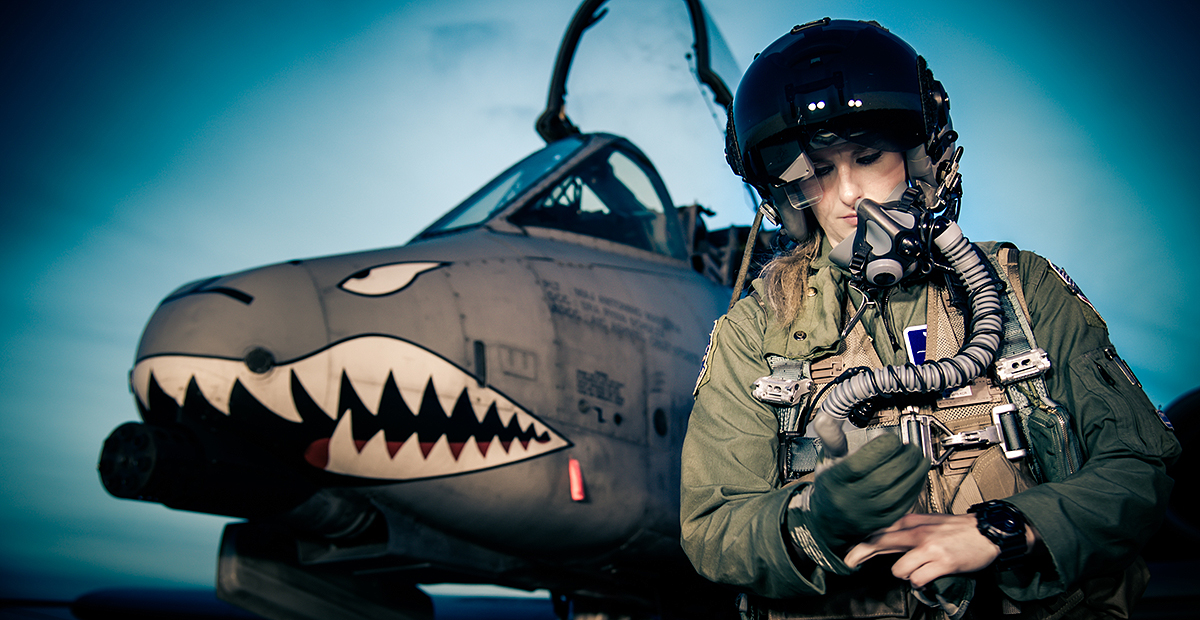
“I think in every Hog pilot’s life there’s a significant desire to go out and do what you’ve been trained for, and feel like you know your job. You’re paying back what you owe after all the effort and money that’s been invested in you.”
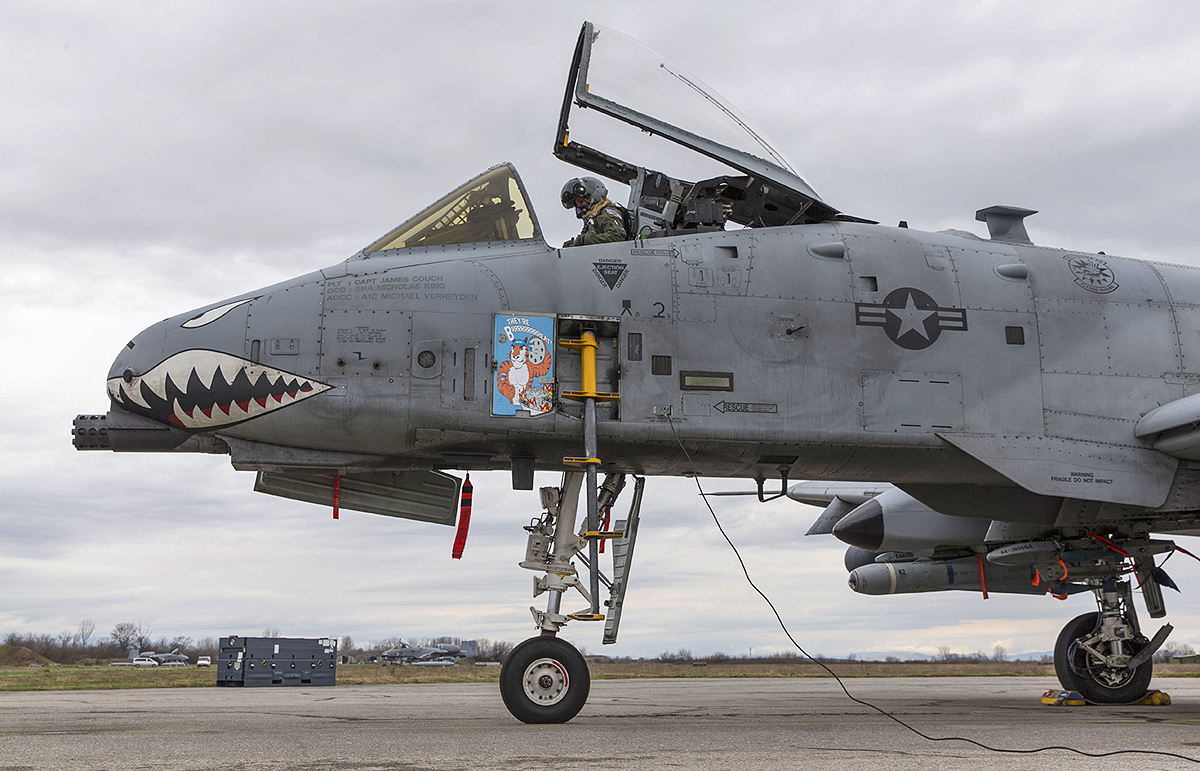
“It’s challenging every single day. There’s never anything that you fully expect each time that you fly, and just knowing that the capability that you bring and the asset that you are to the Air Force is really rewarding. Knowing that if you were to forward deploy to a location that the people on the ground can sleep safer at night knowing that you’re there.”
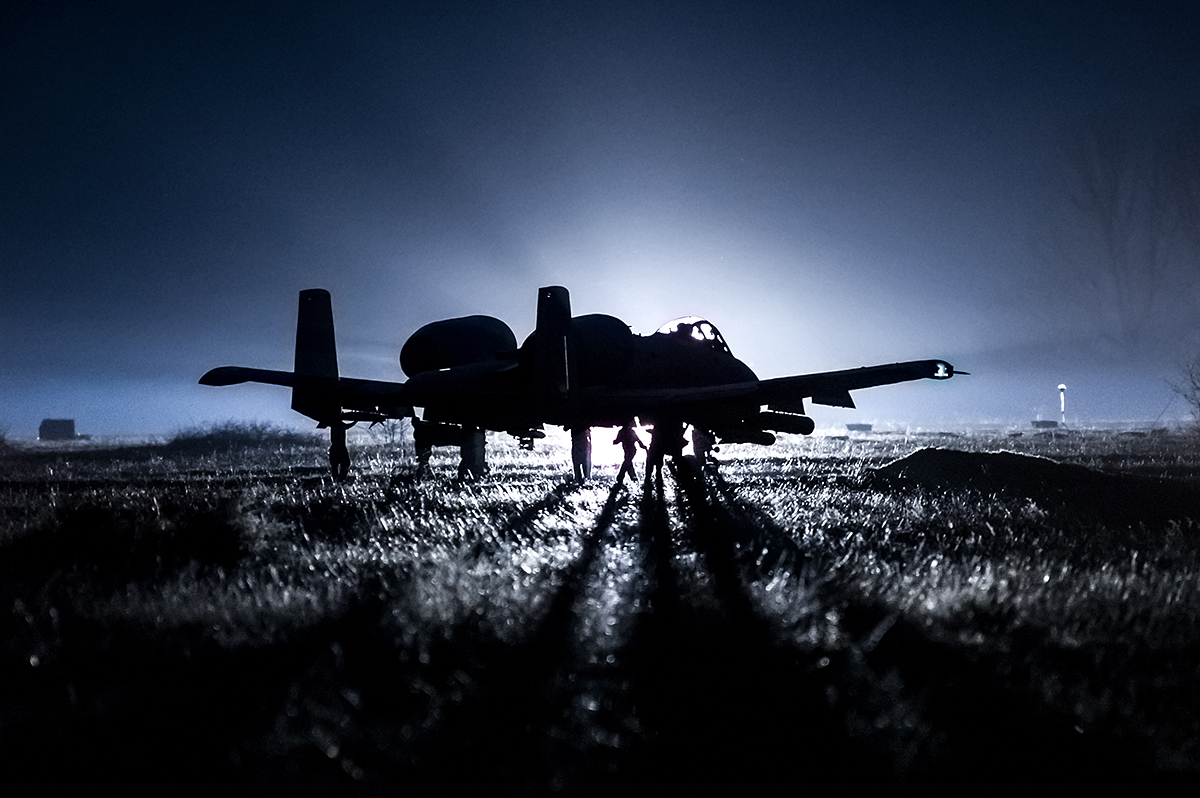
With the A-10’s highly controversial retirement on the horizon, there’s a good chance Banzai and her fellow Hog pilots will find themselves in a tactical jet like the F-35 Joint Strike Fighter, which couldn’t be more different from the rough and tumble, down and dirty, stick-and-rudder A-10.
“That’s a bridge that I’ll cross when I get there. I think that is what it’s looking like, that most A-10 pilots will likely get sent to it (the F-35). But right now I don’t want to think about flying anything besides the A-10. I can’t even imagine flying anything else. I mean obviously whatever I’m called to do after the A-10 I would be happy to do. Bottom line is that you’re still flying really incredible aircraft.”
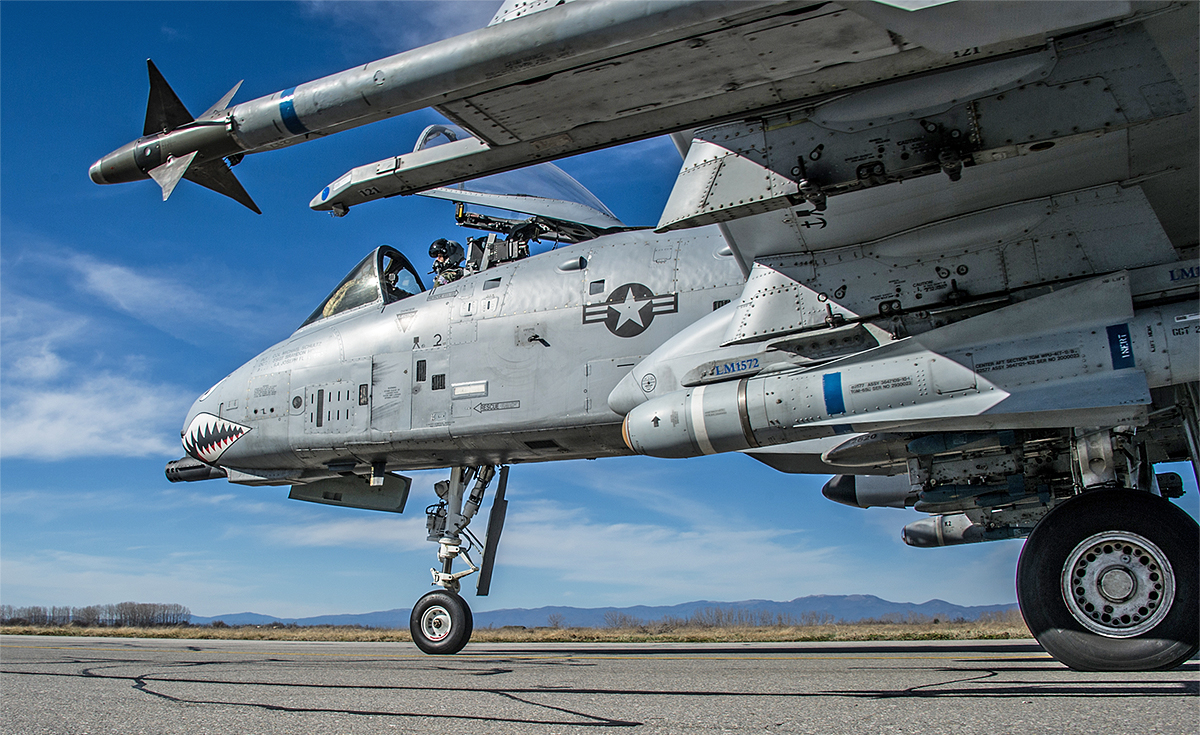
As for being in the tiny cadre of active female A-10 pilots, Banzai has had the chance to fly with one of her lady Hog pilot counterparts.
“She’s deployed with us but part of the 75th Fighter Squadron, her callsign is Sparkles. I have flown with her. It was pretty cool. We call it “unmanned flight” or an “unmanned formation.” We have a good time.”
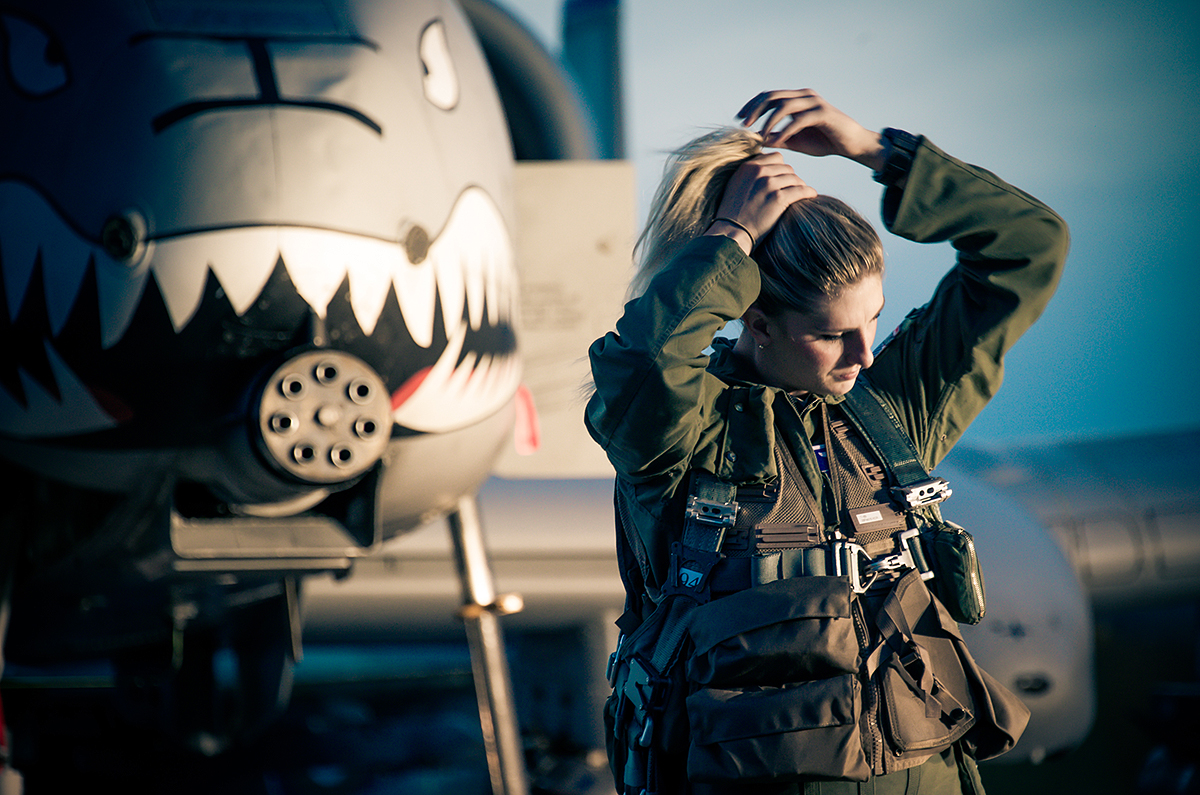
Here is a bonus gallery of Frank Crebas & Rich Cooper’s amazing images of Banzai and the A-10 in Bulgaria:
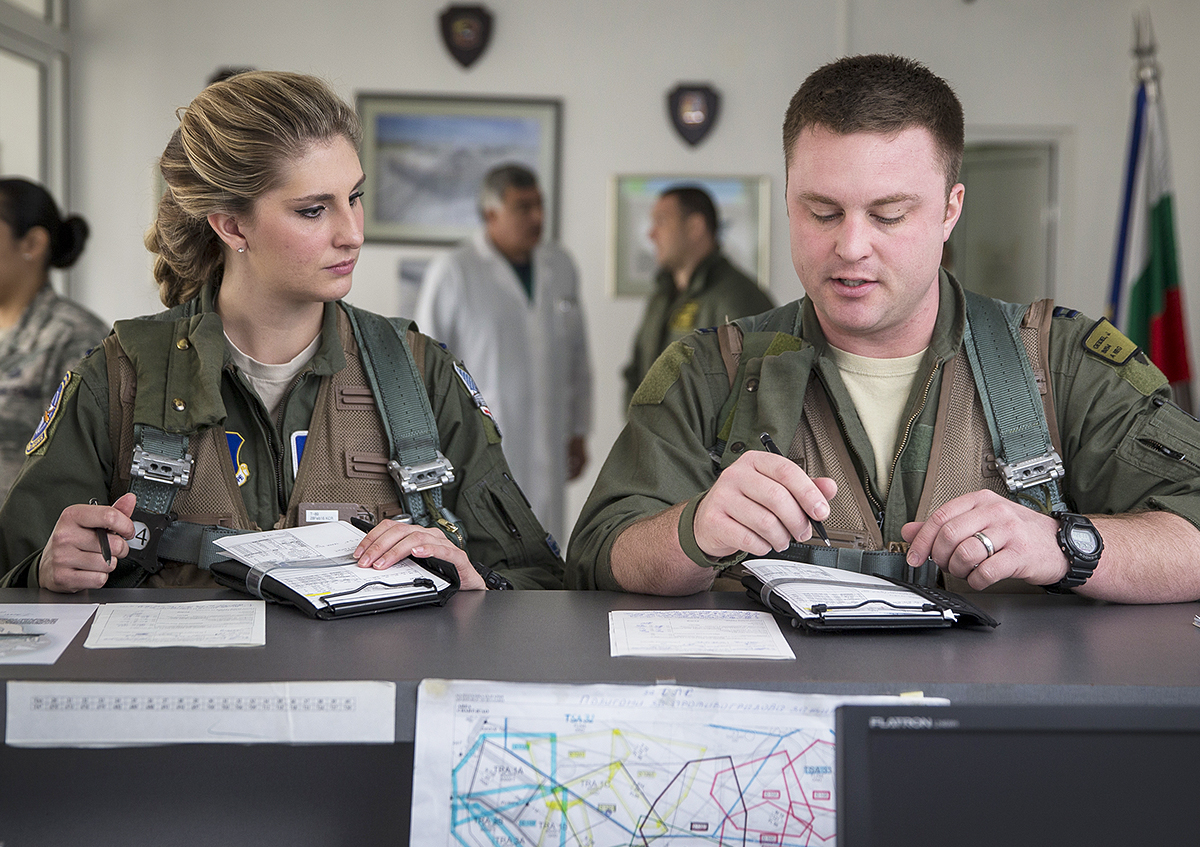
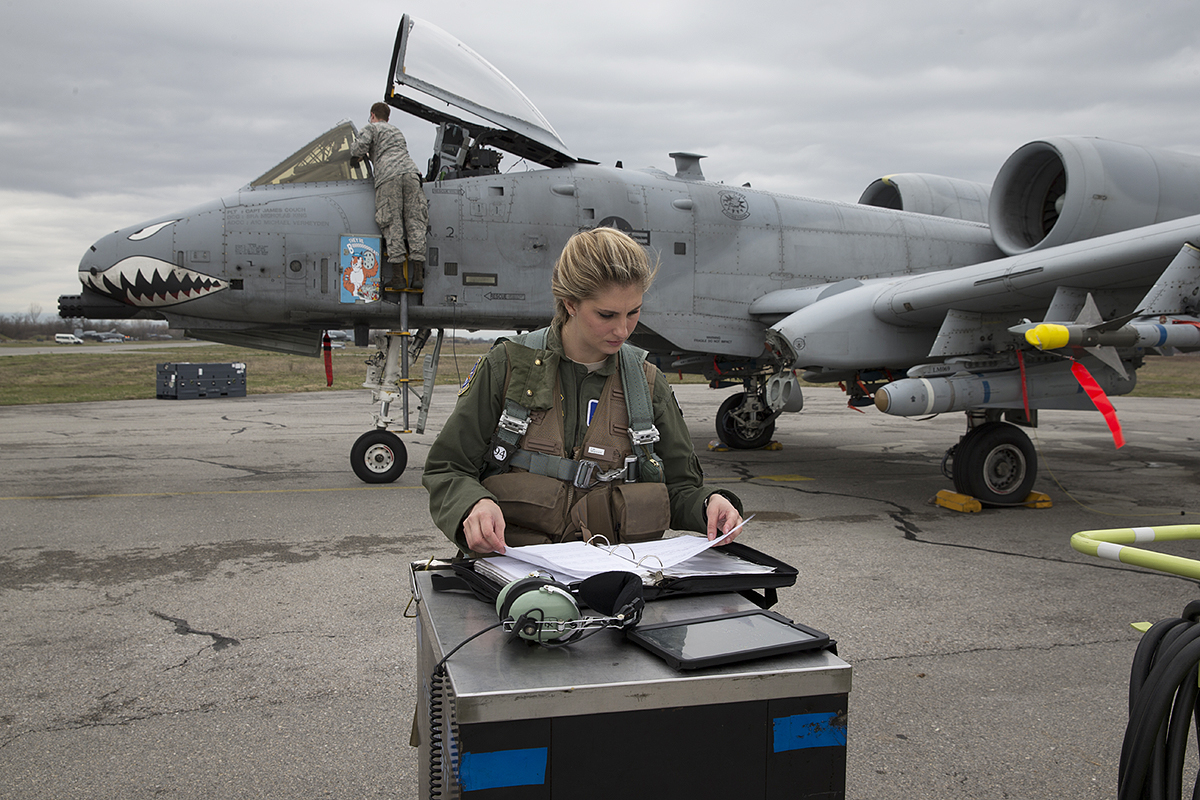
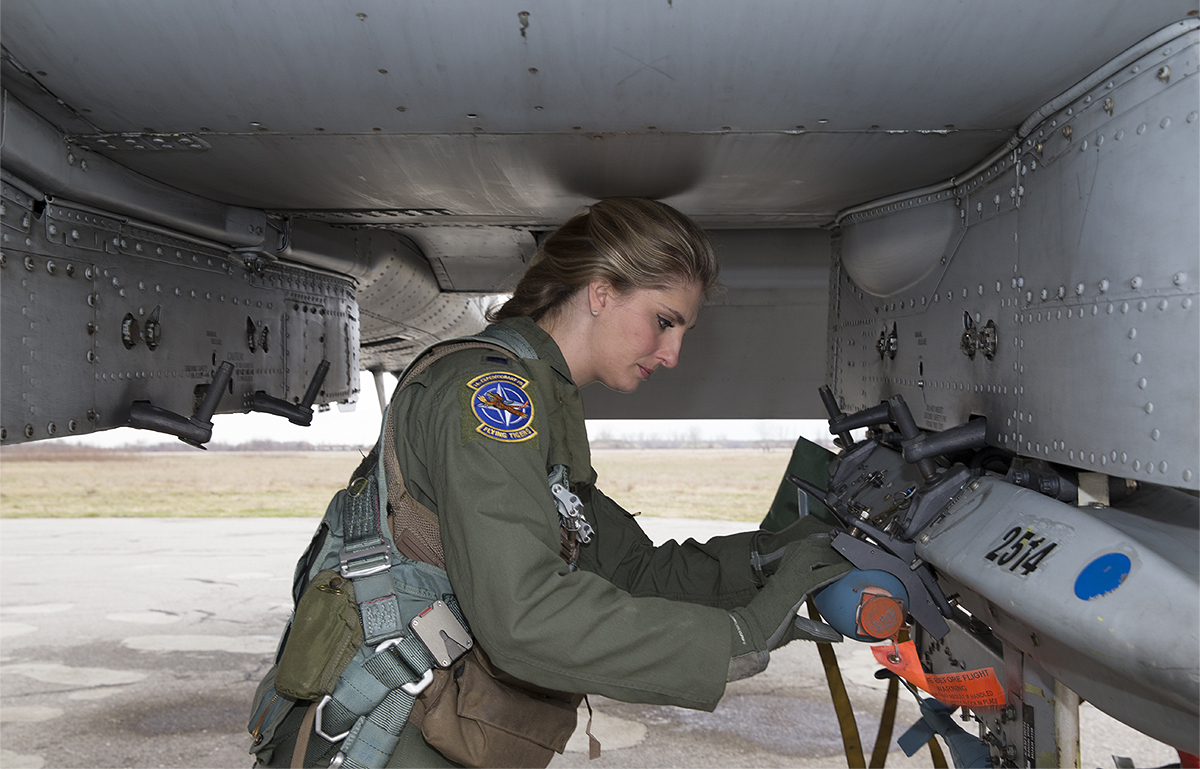
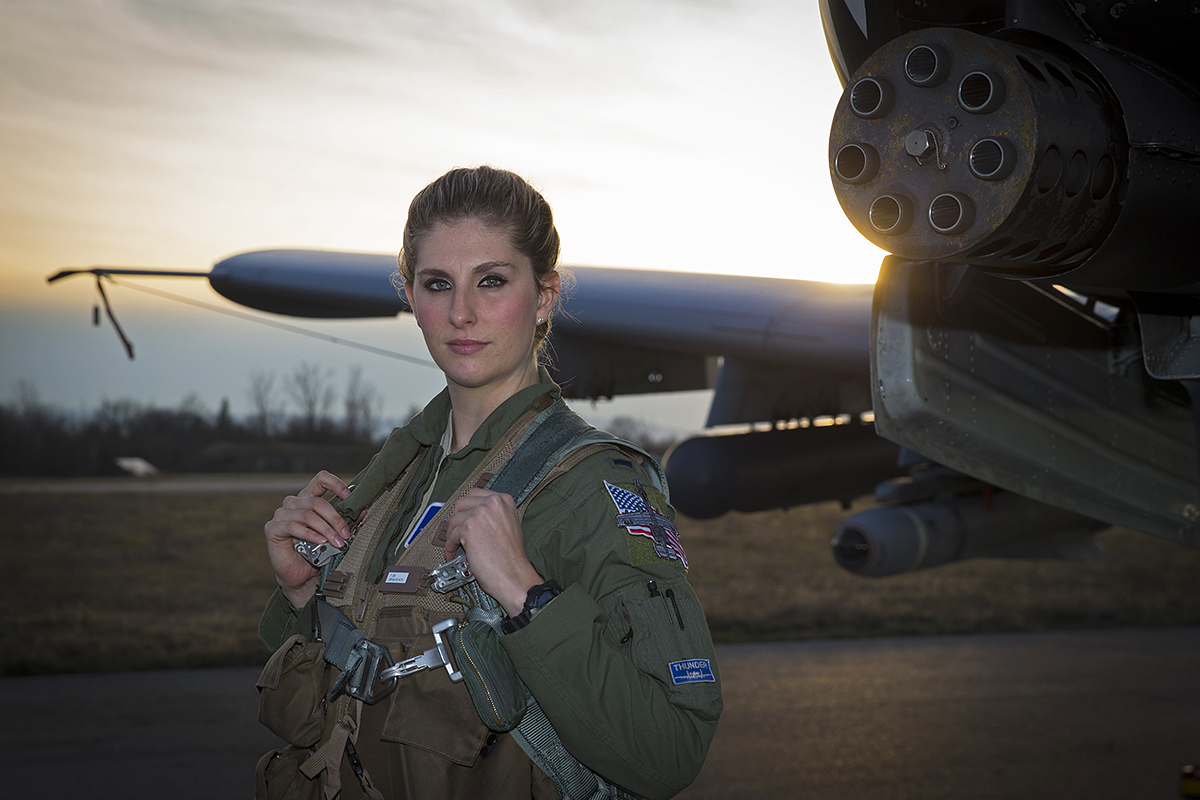
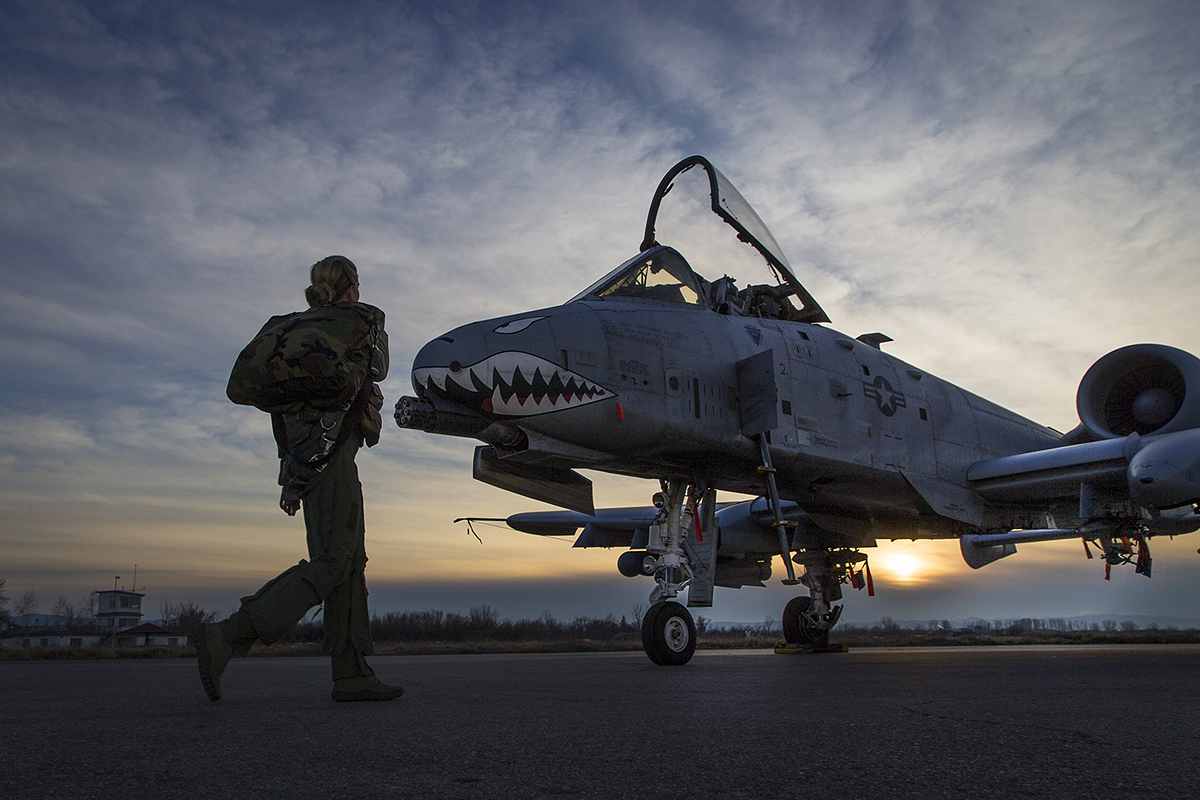
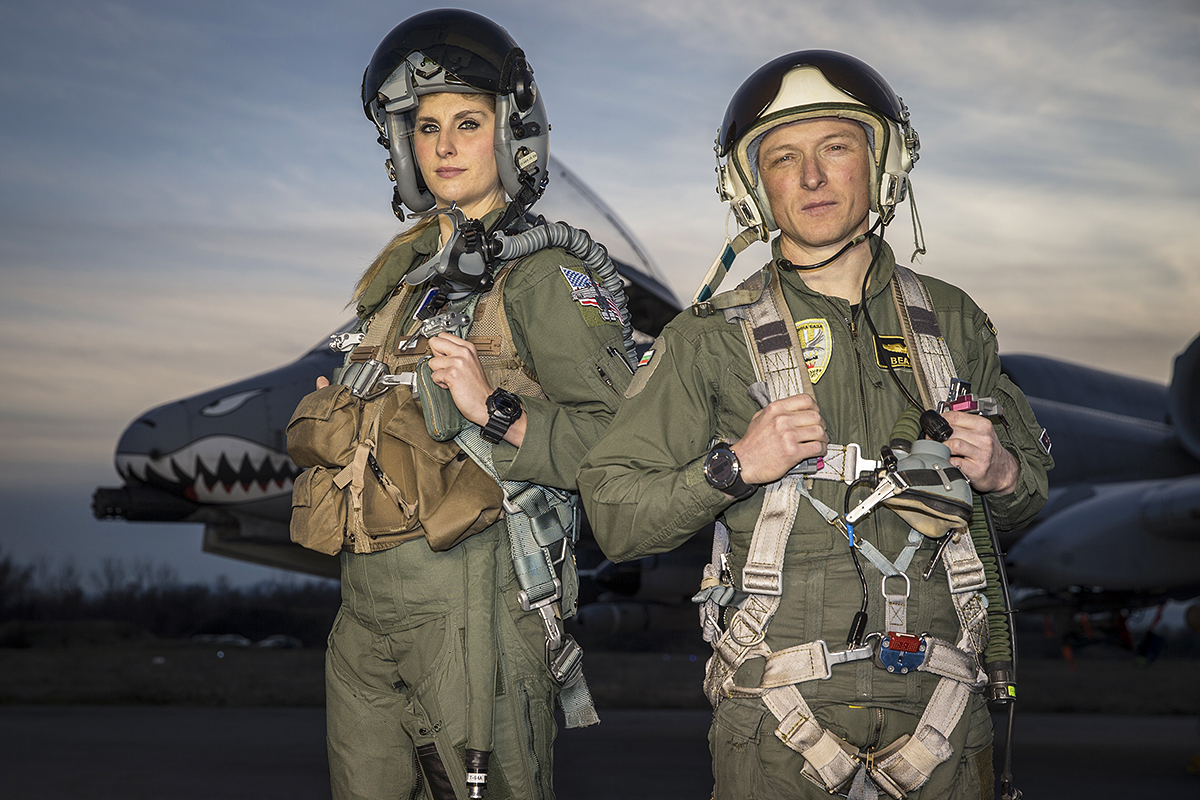
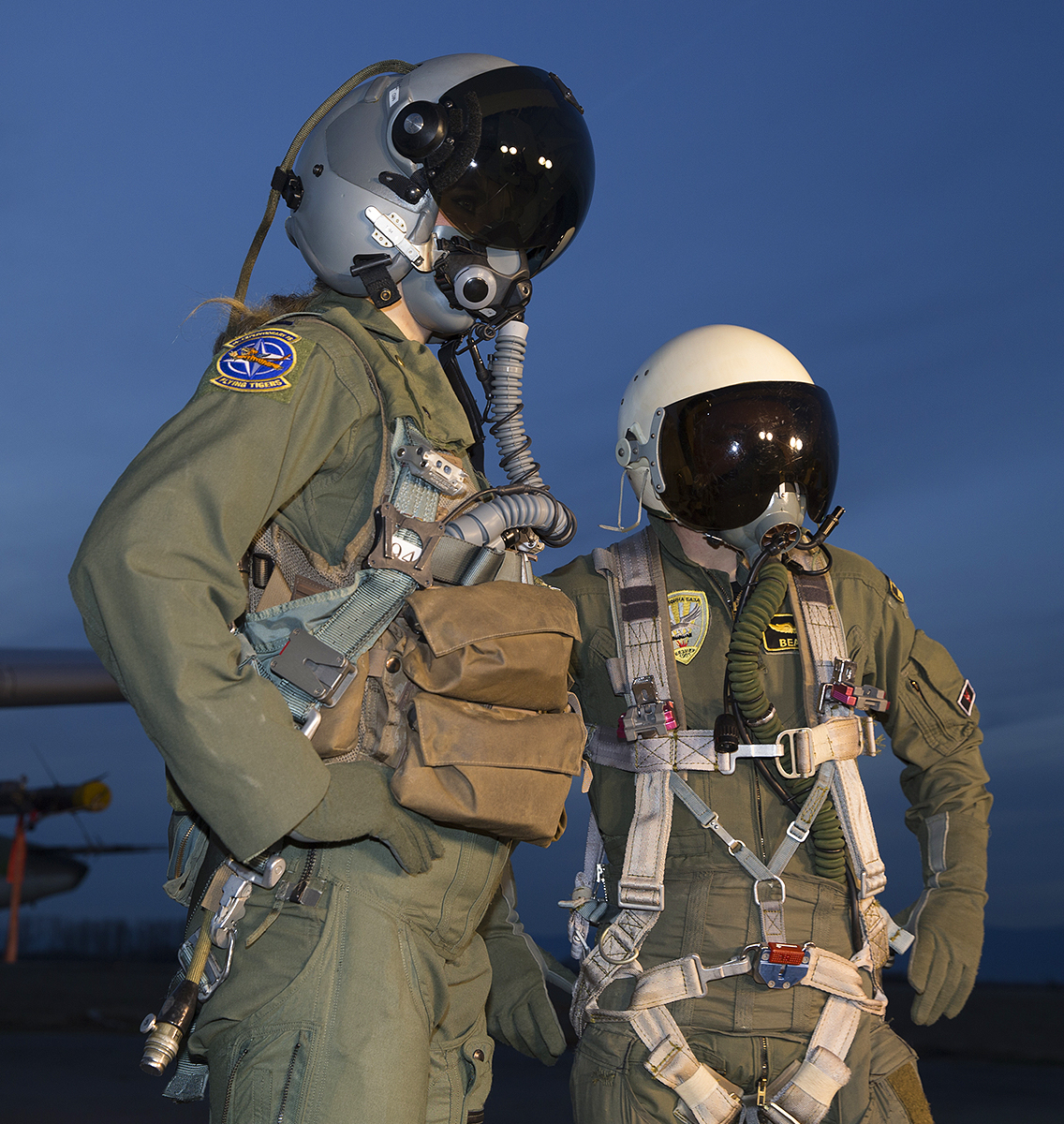
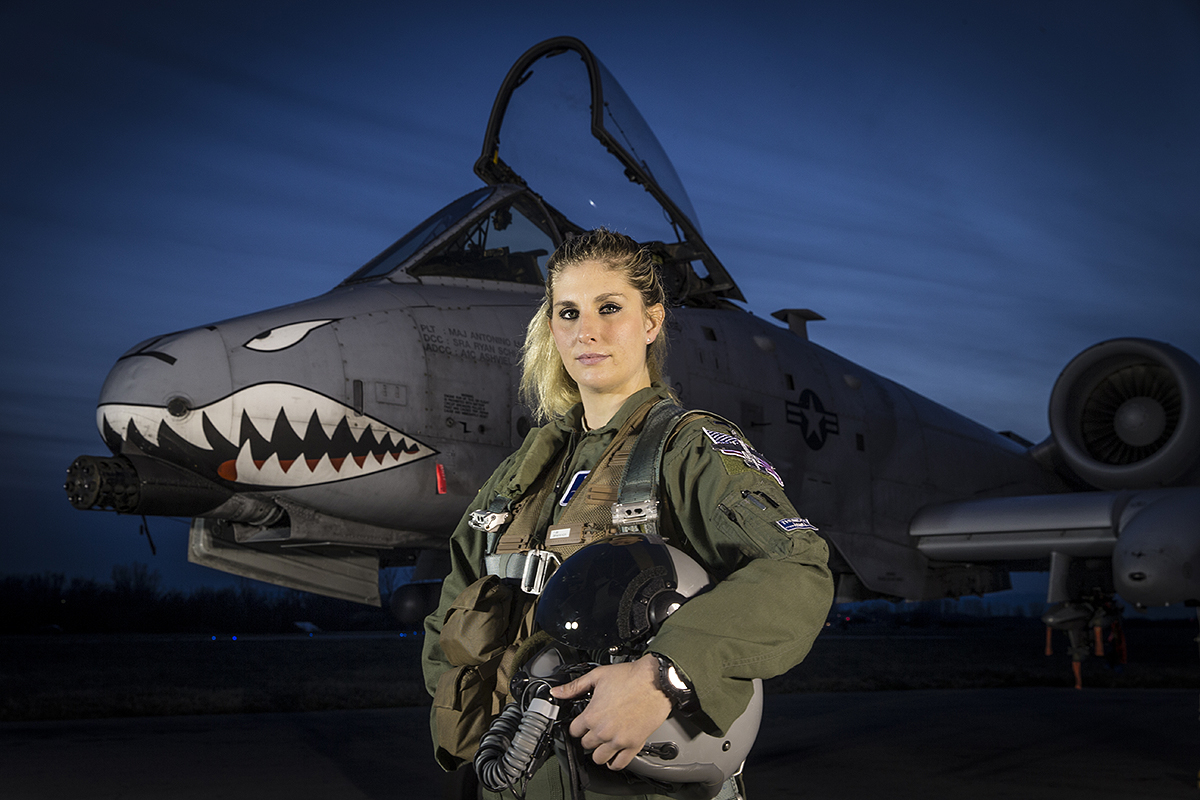
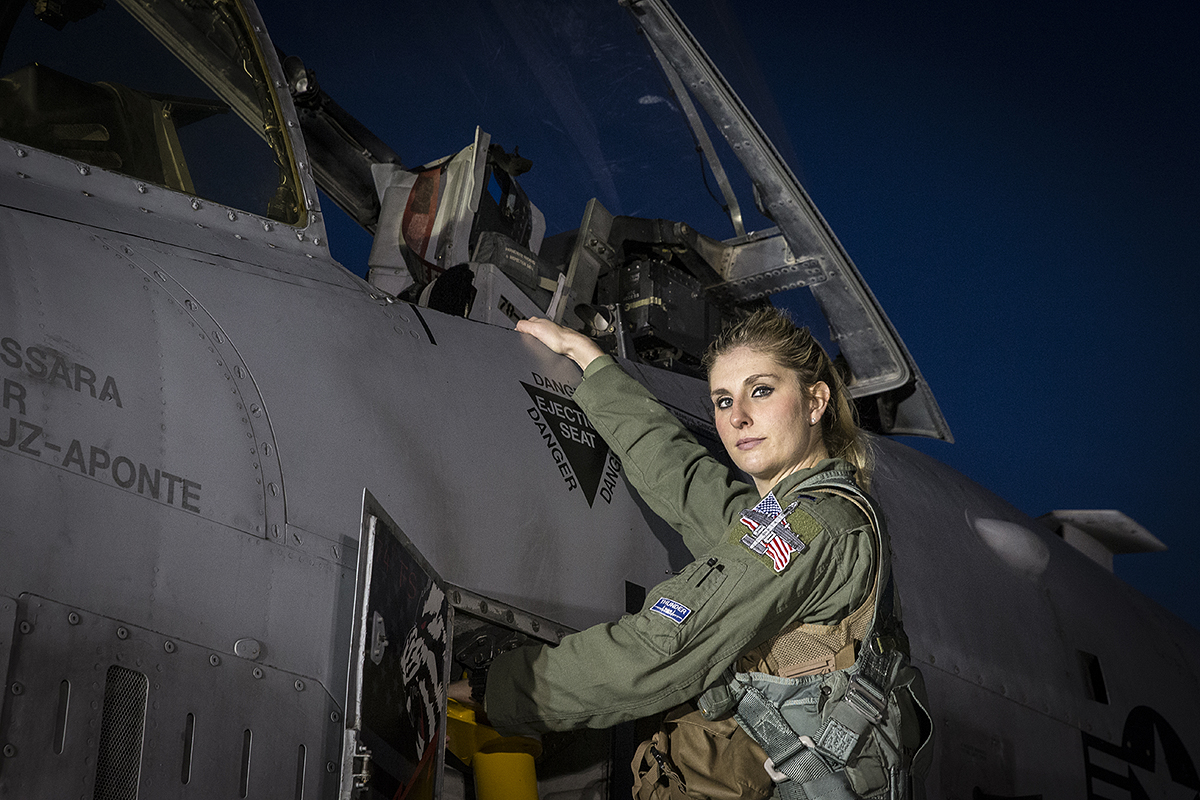
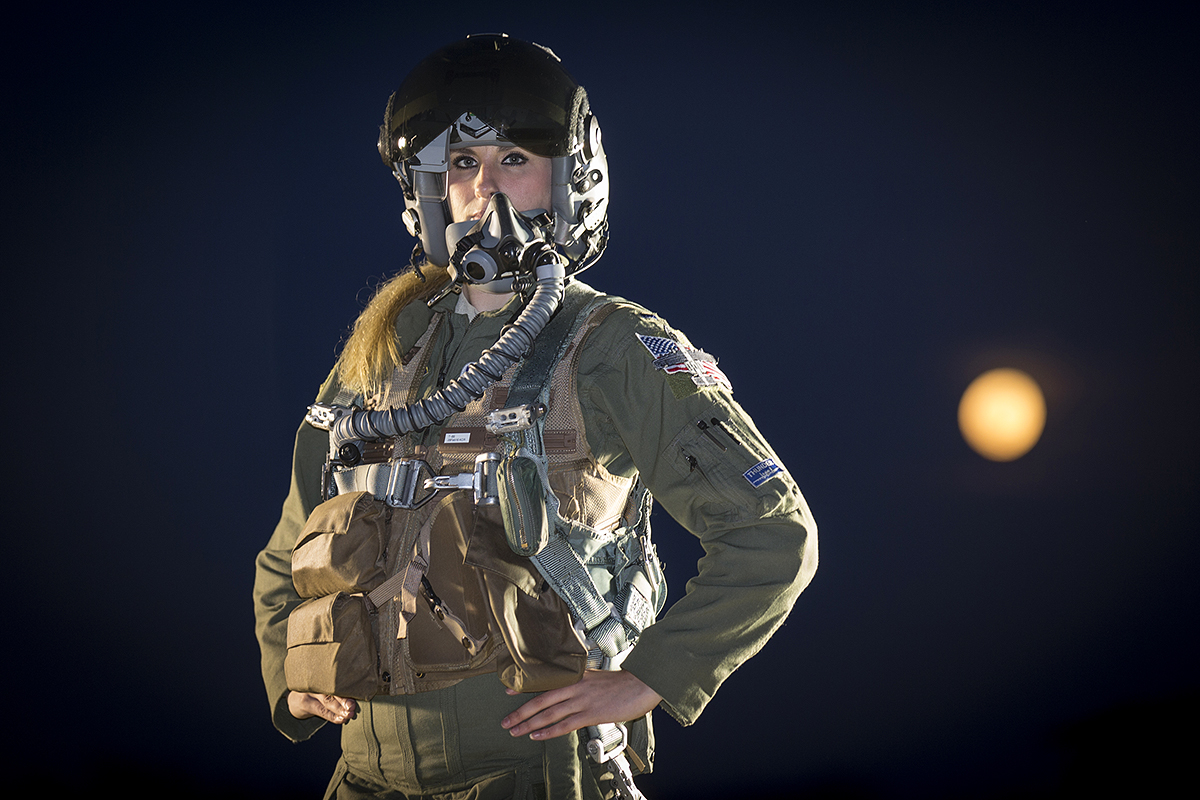
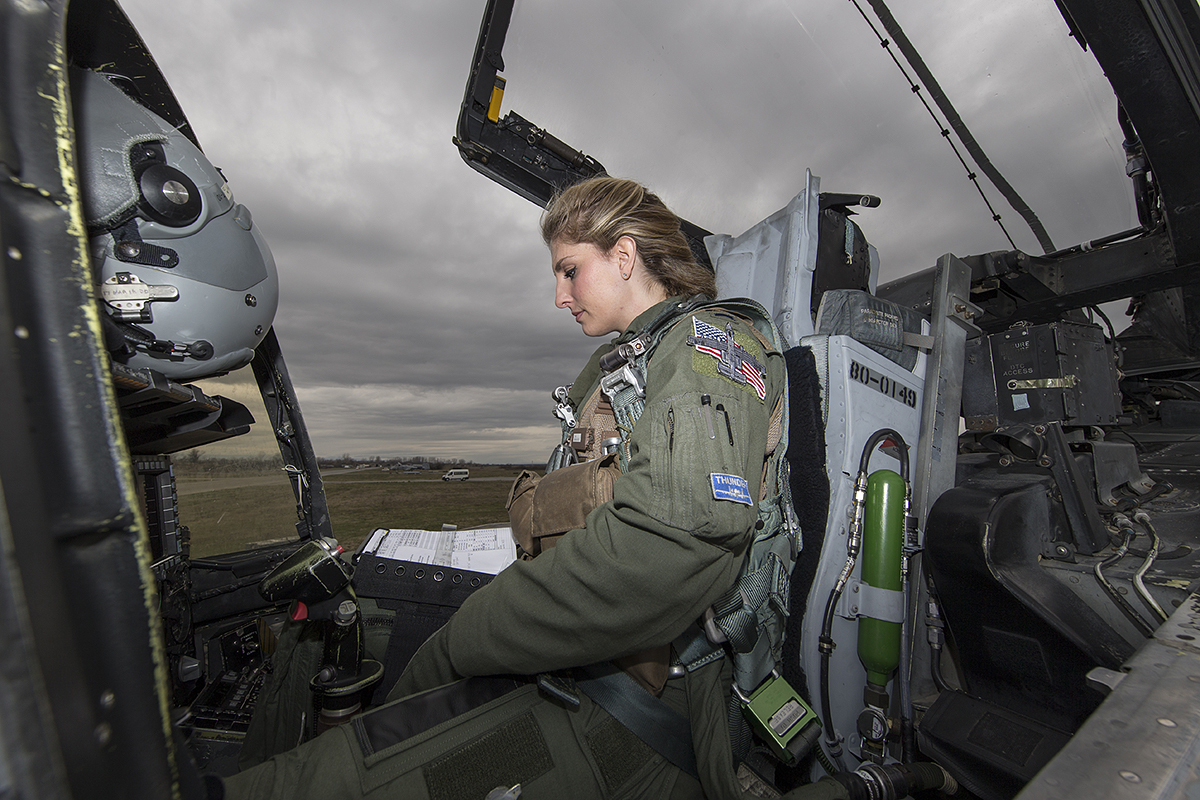
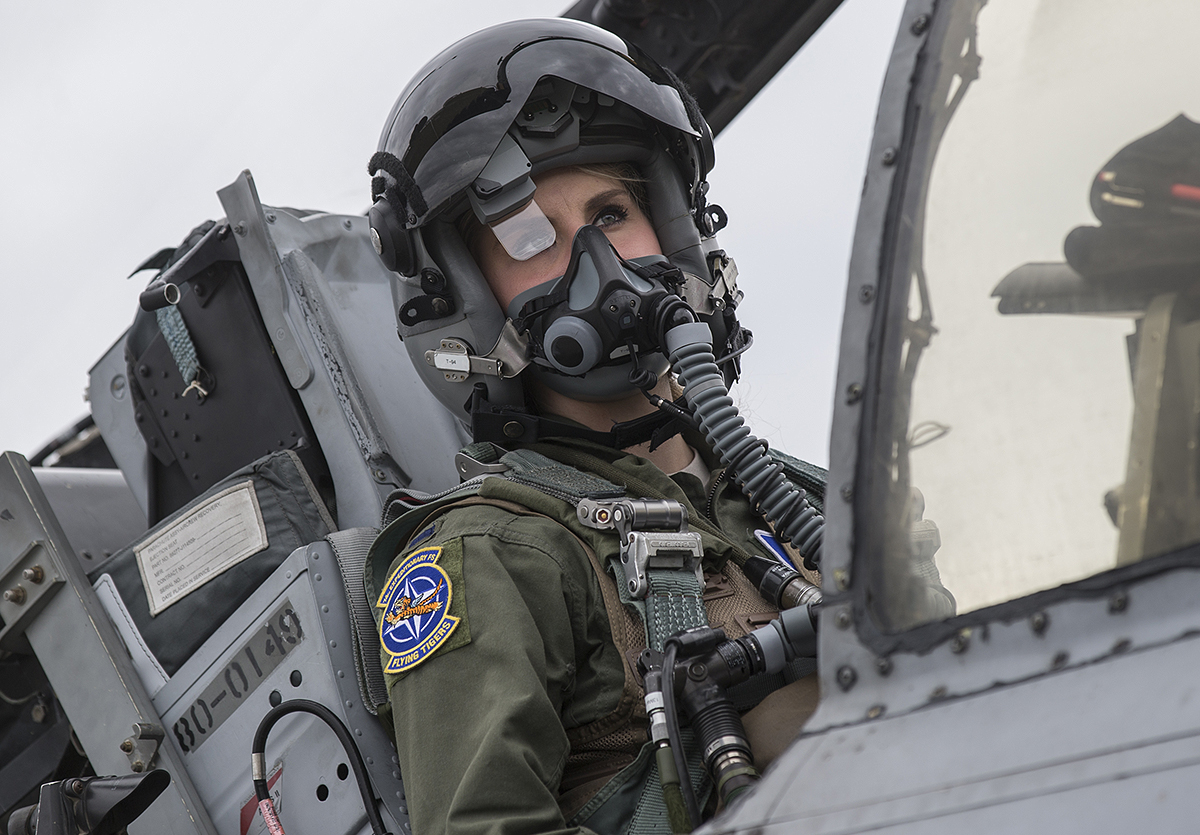
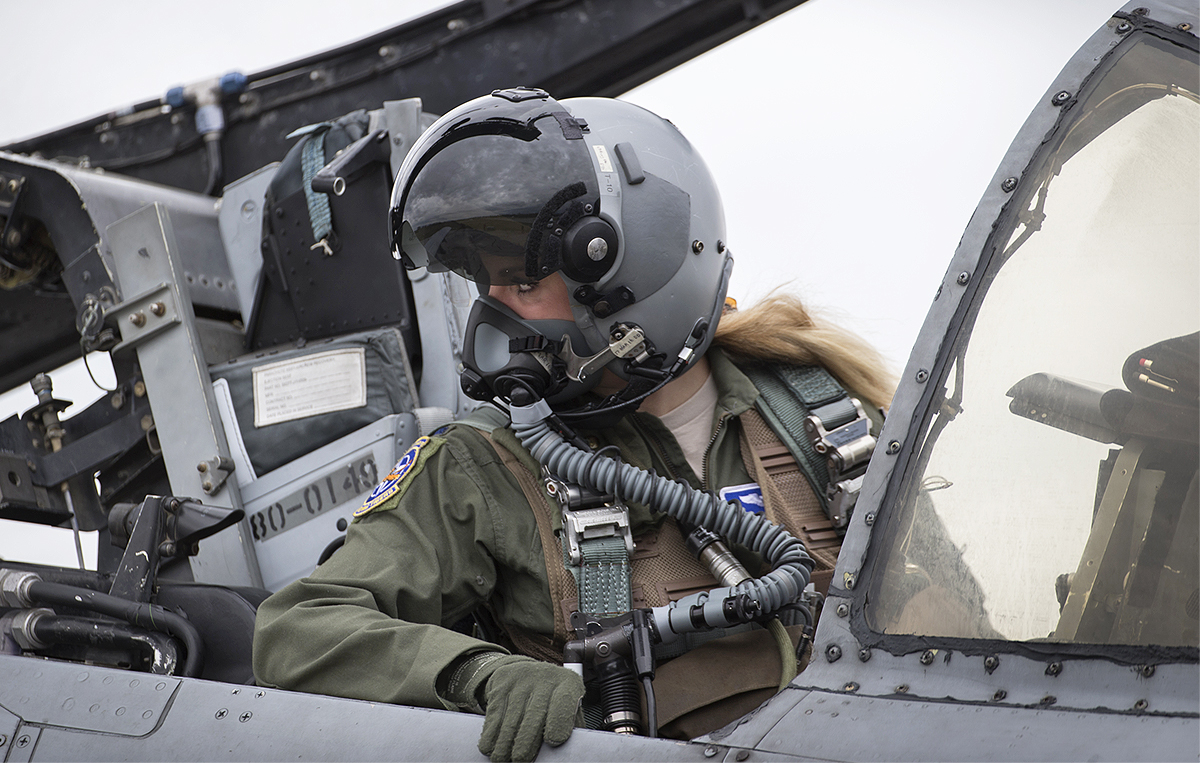
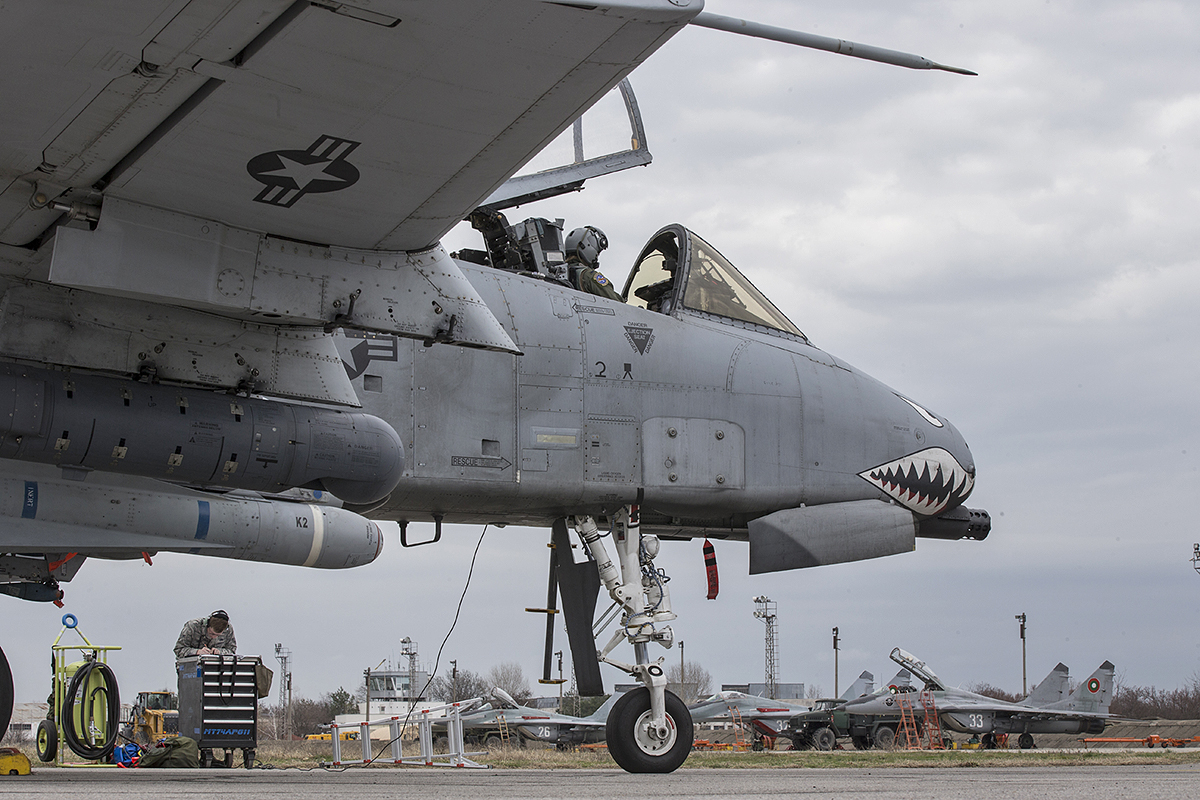
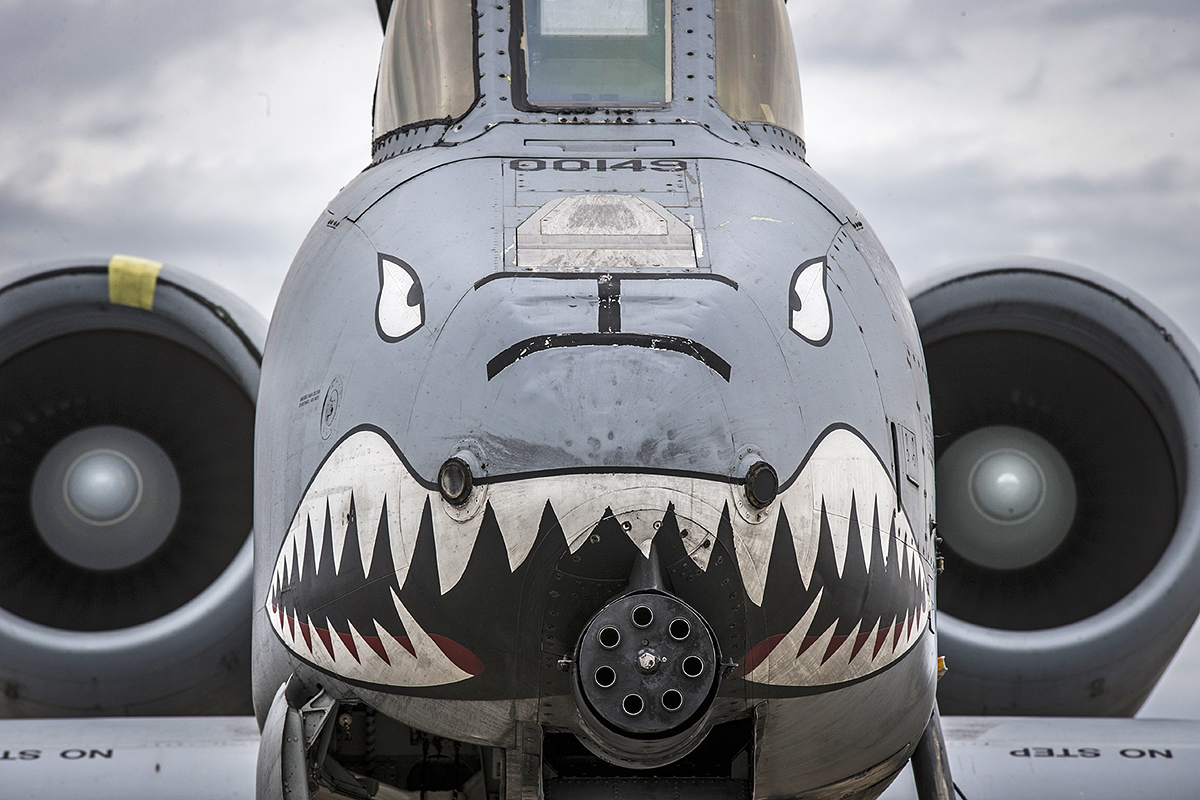
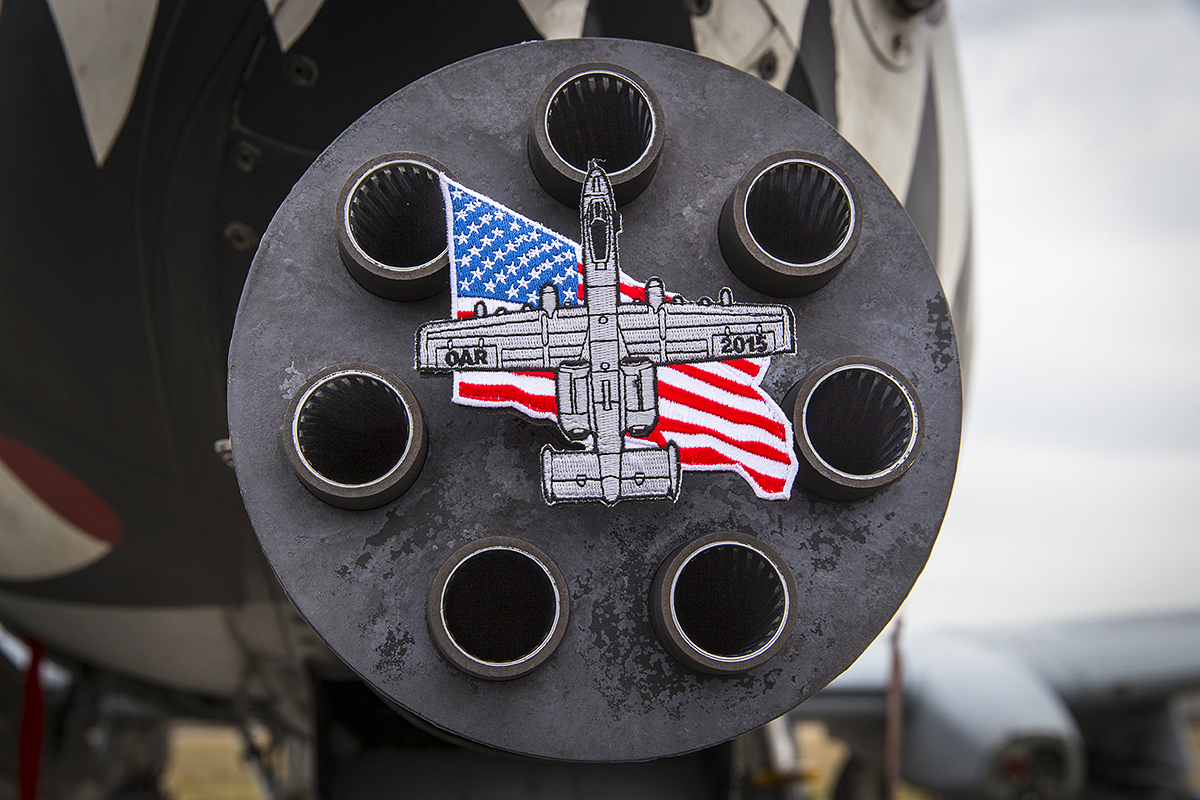
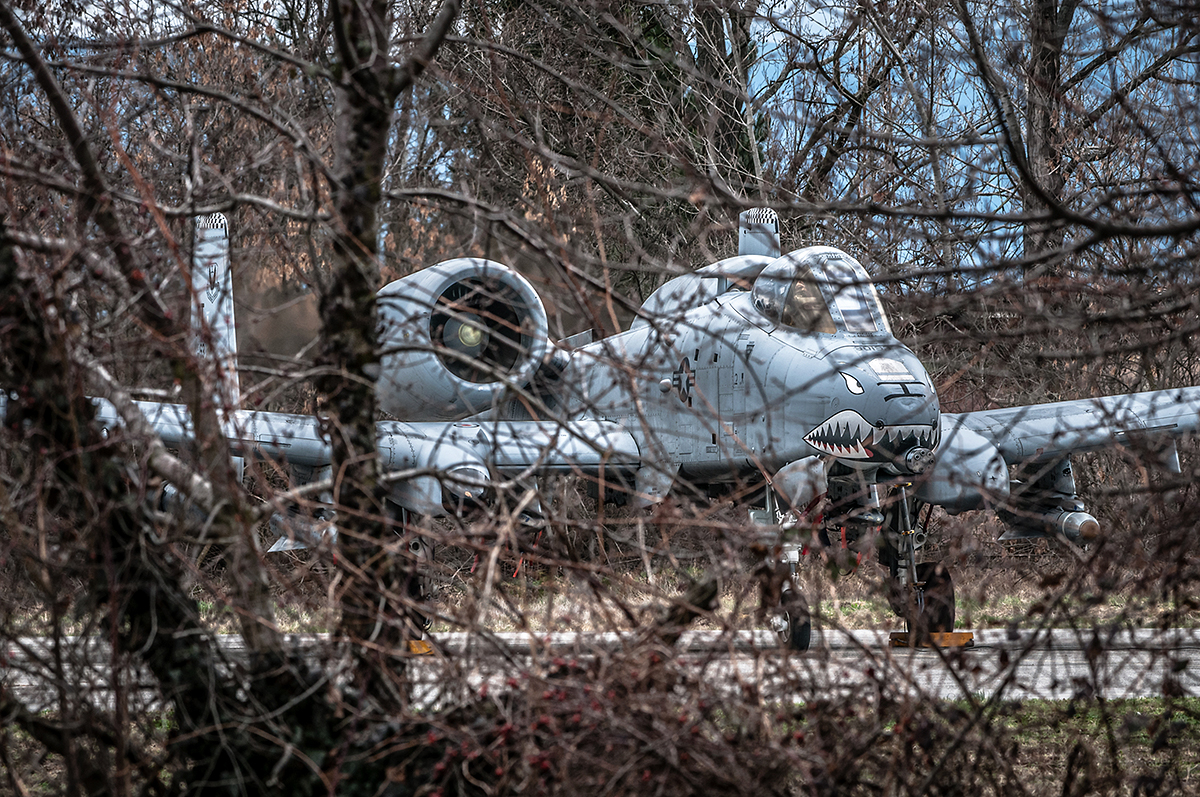
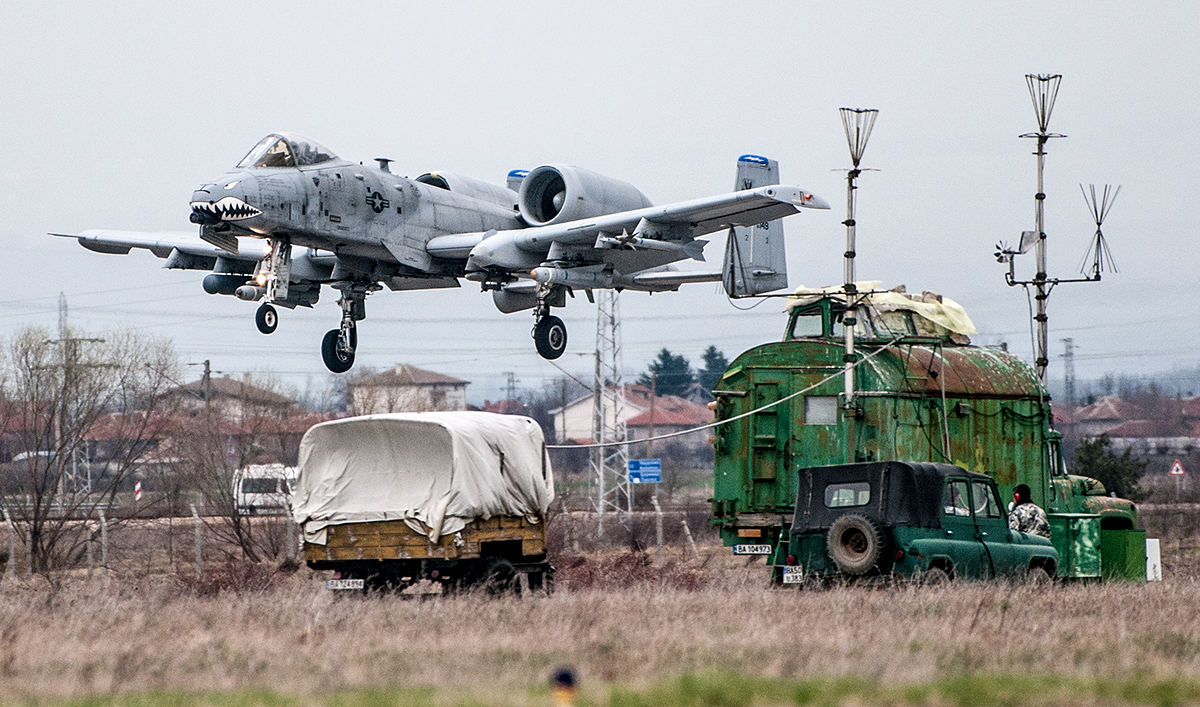
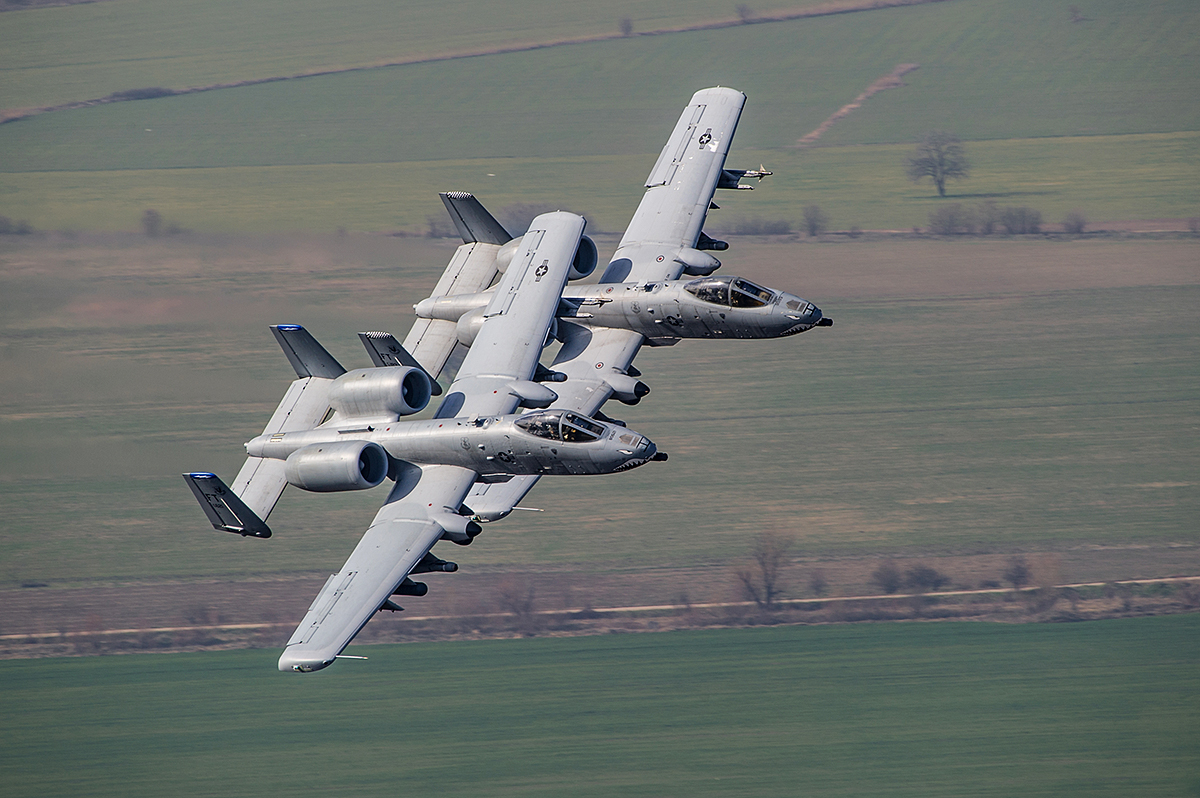
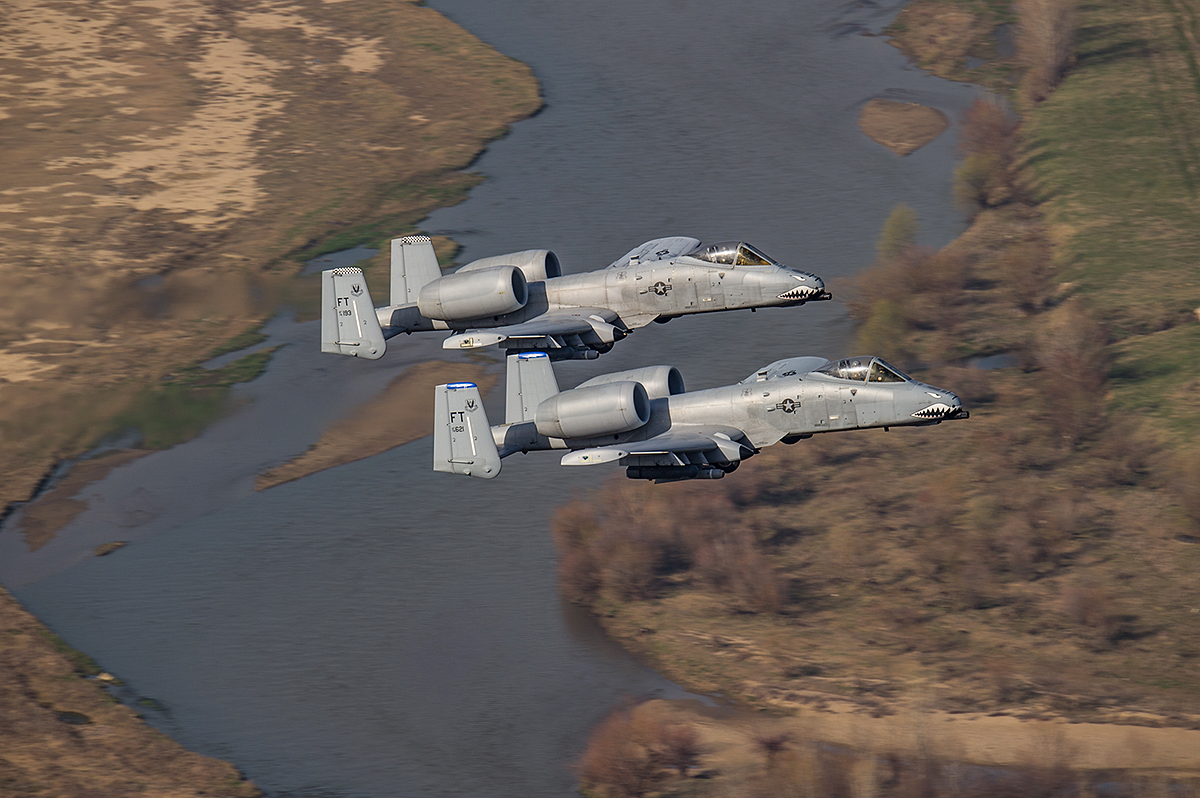
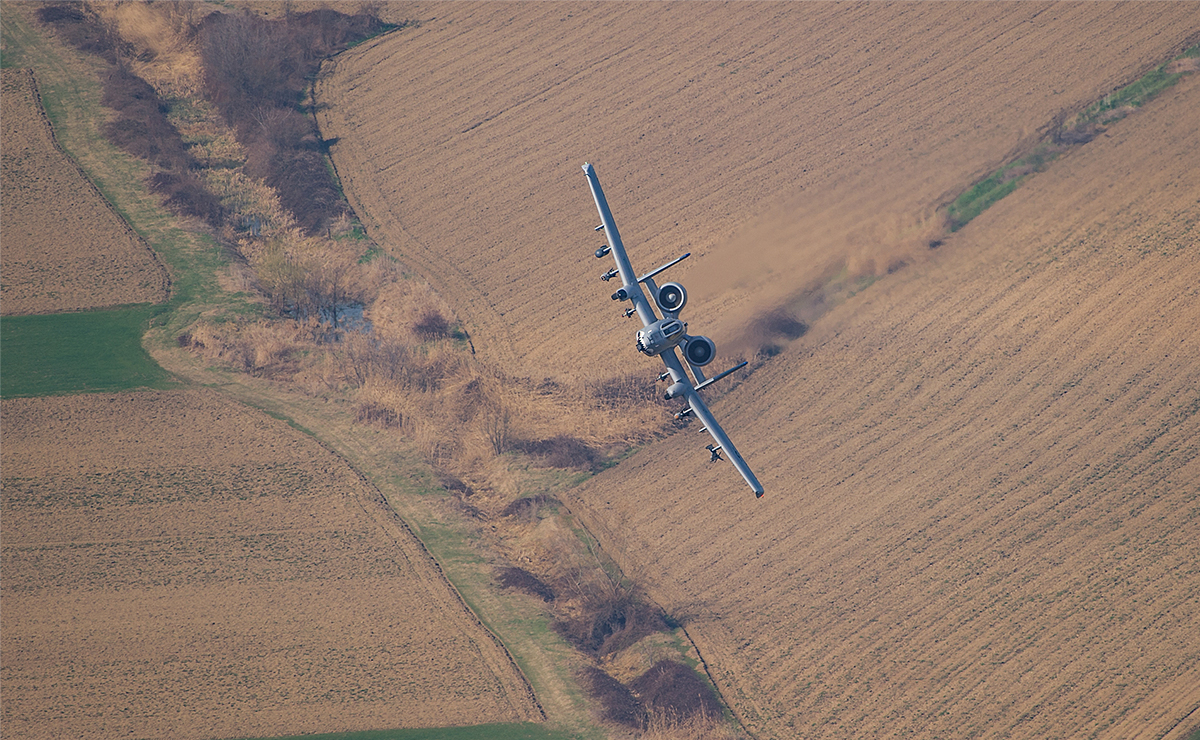
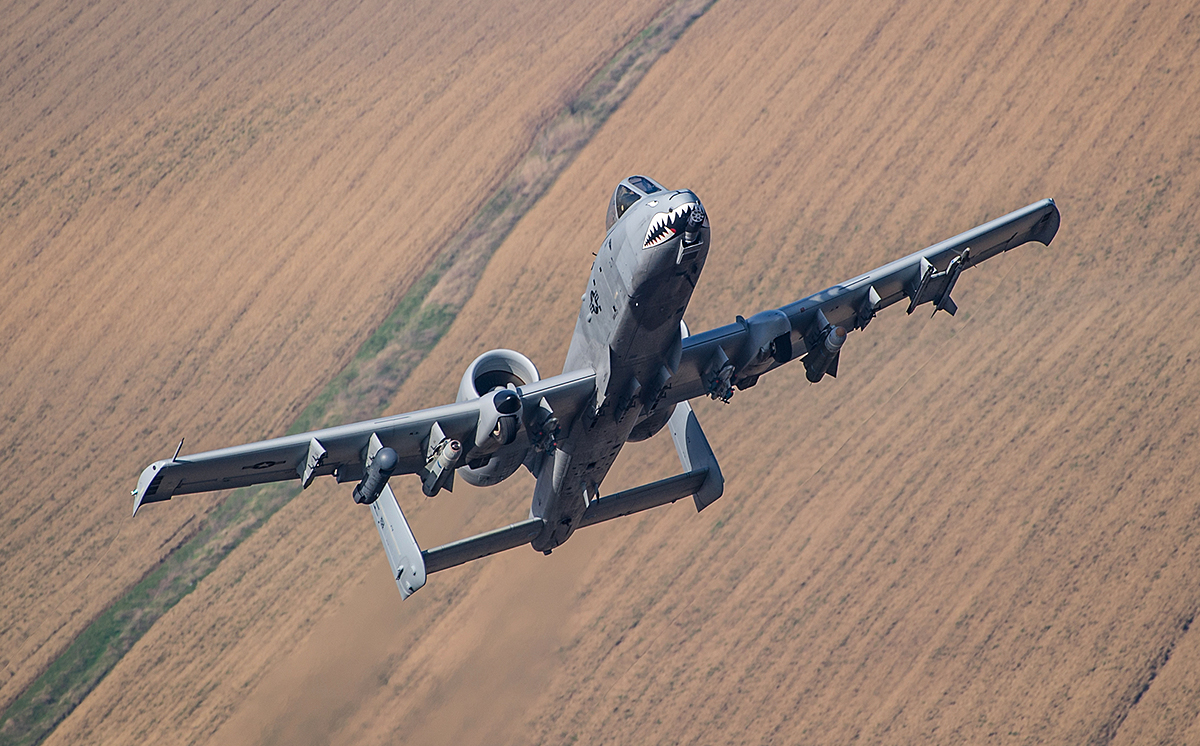
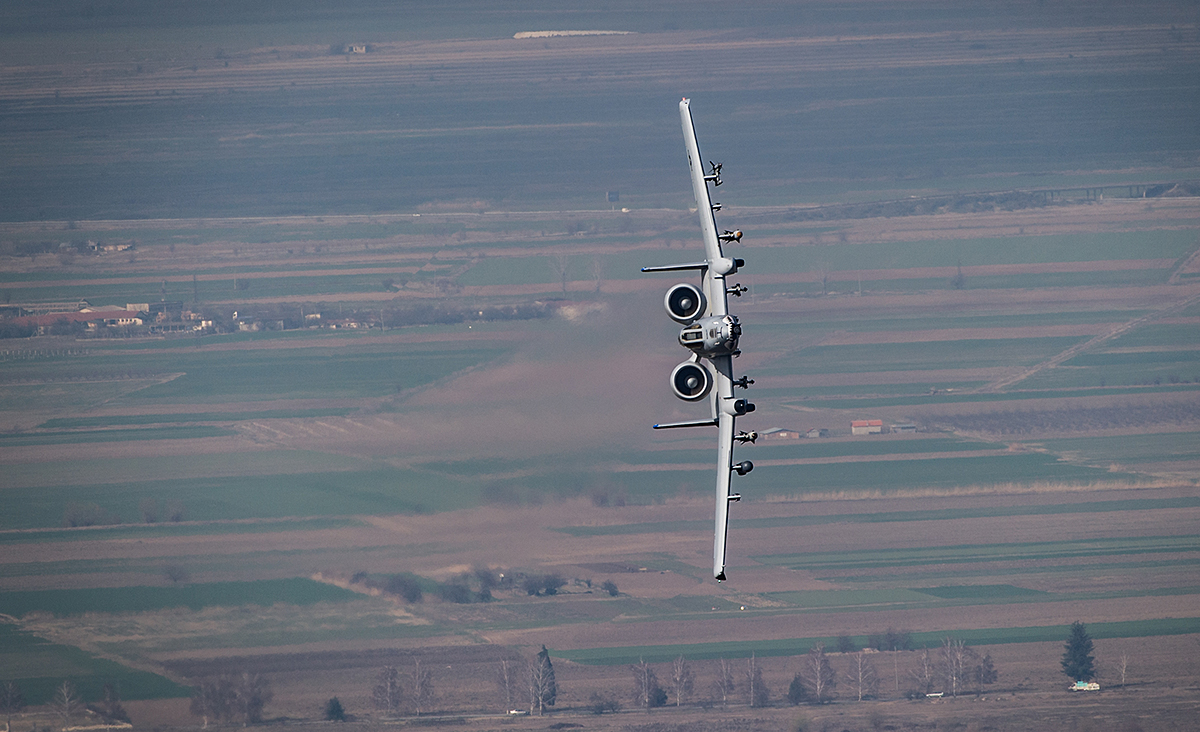
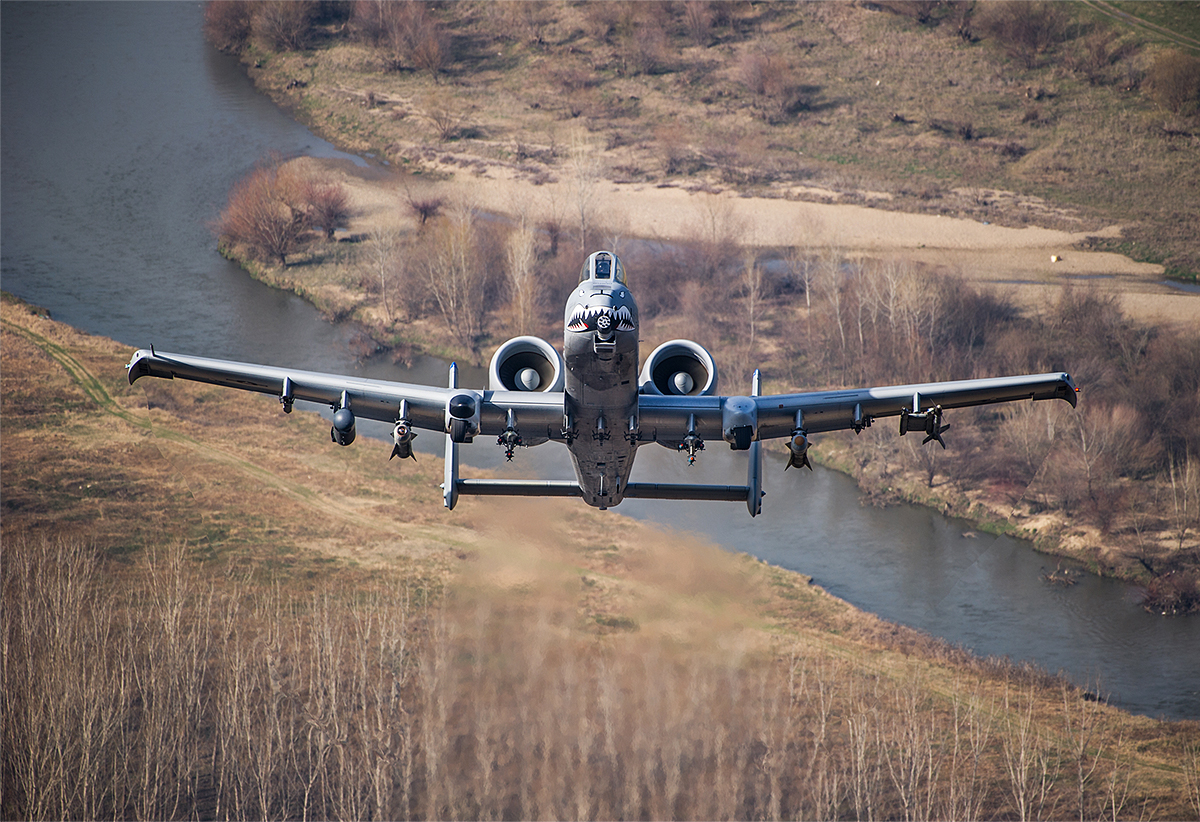
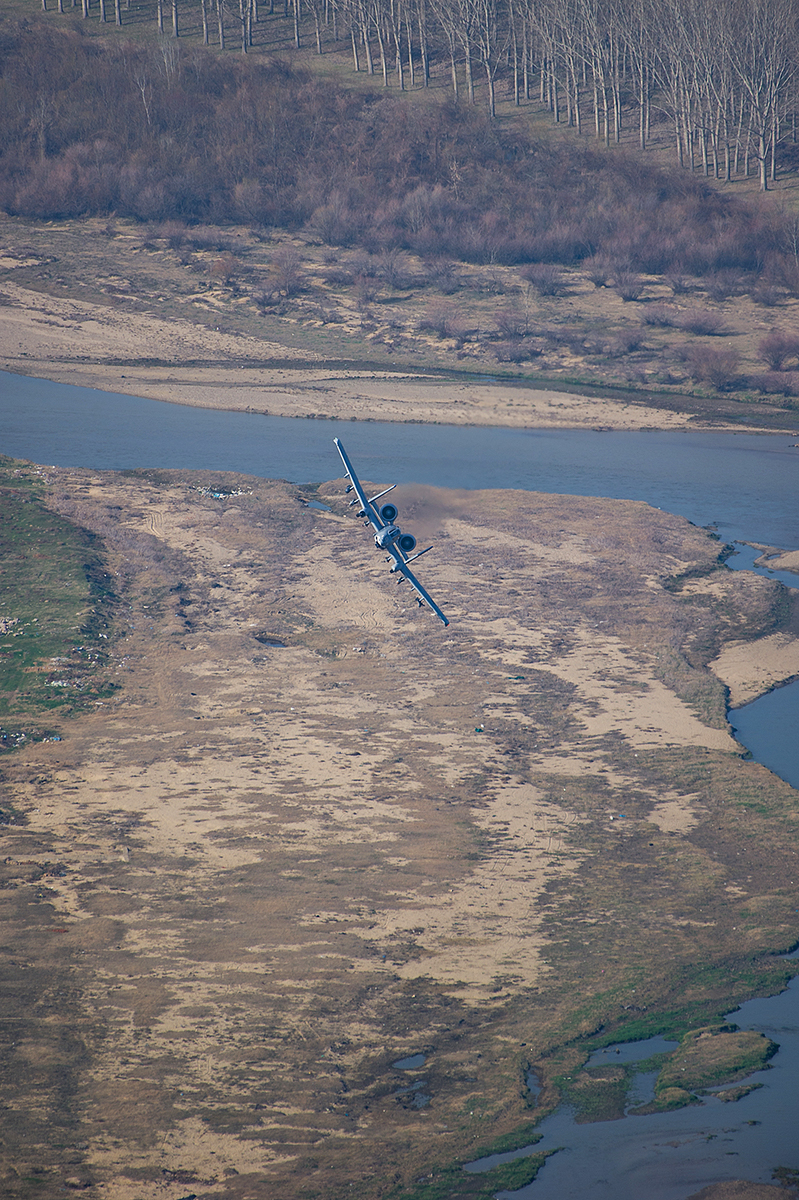

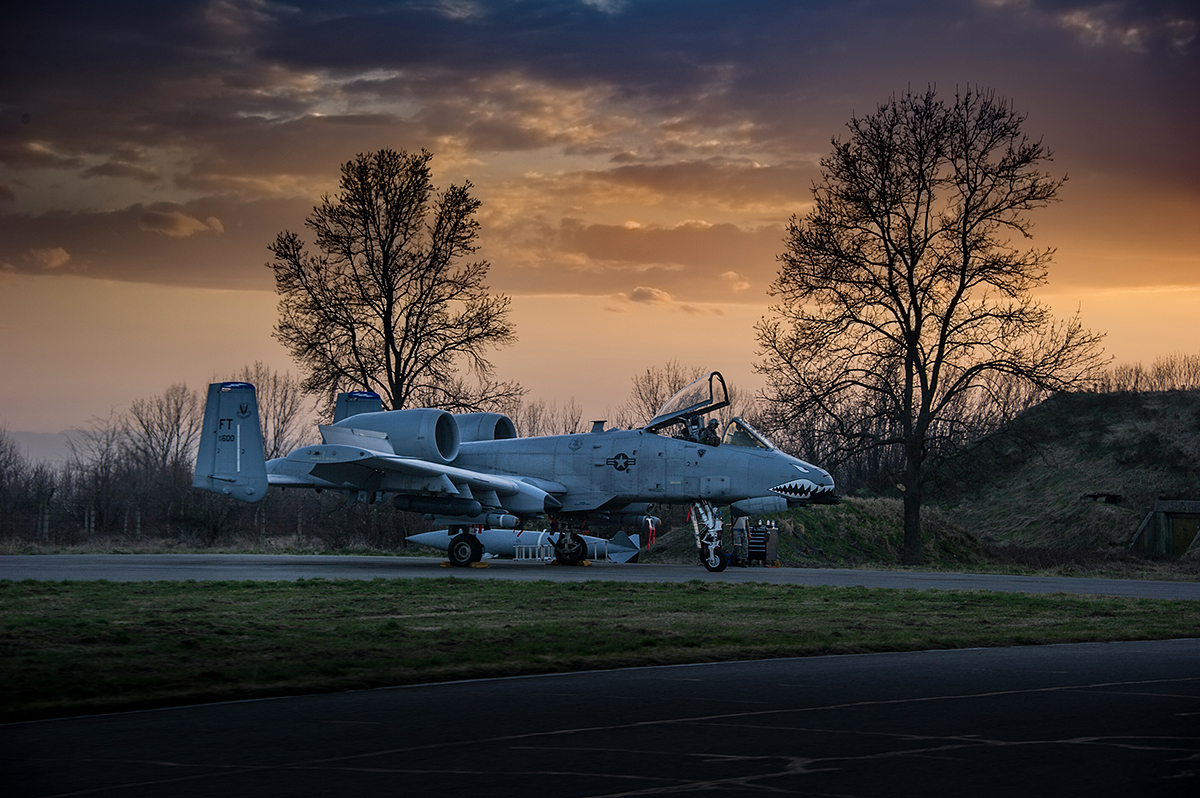
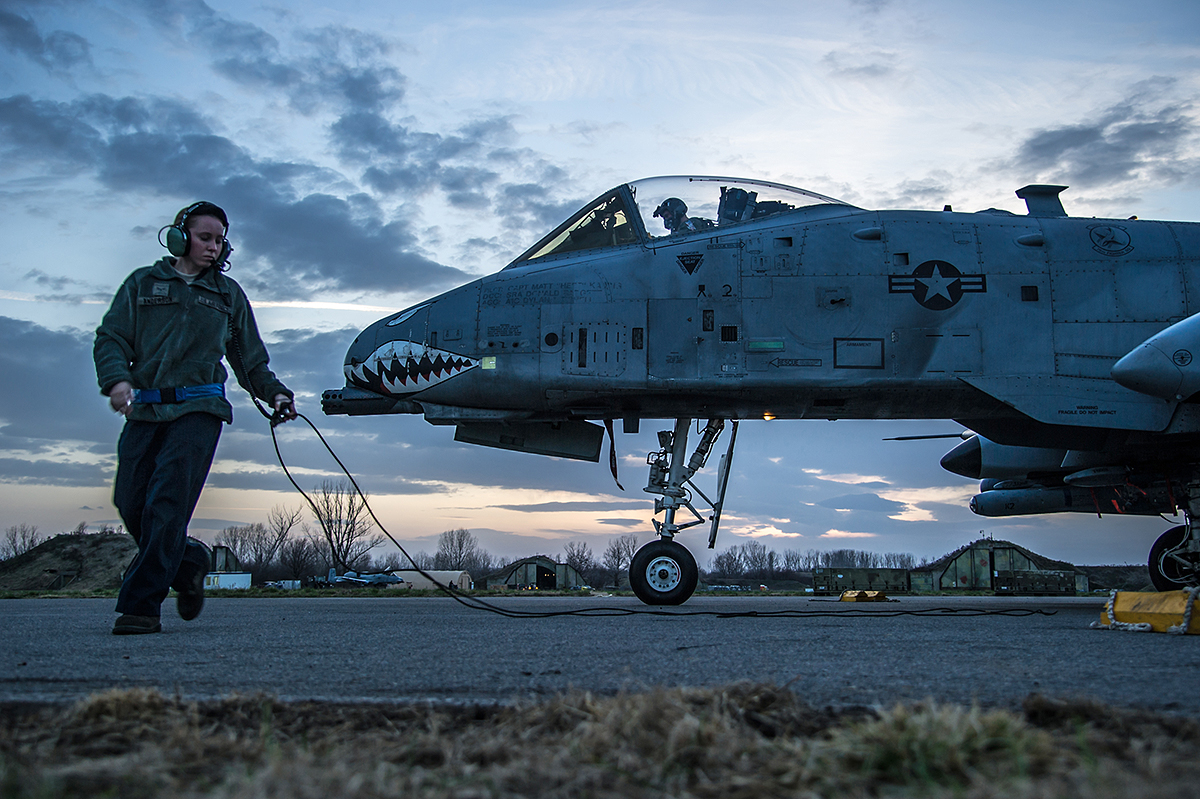
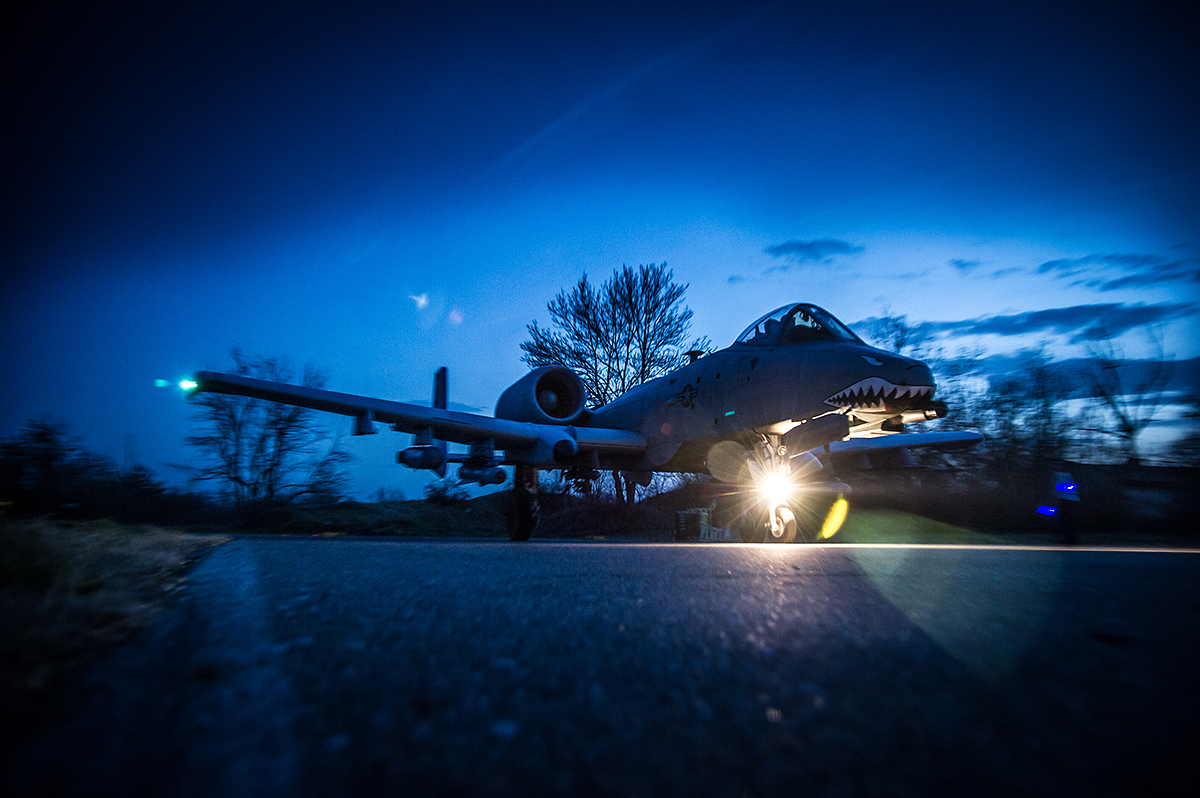
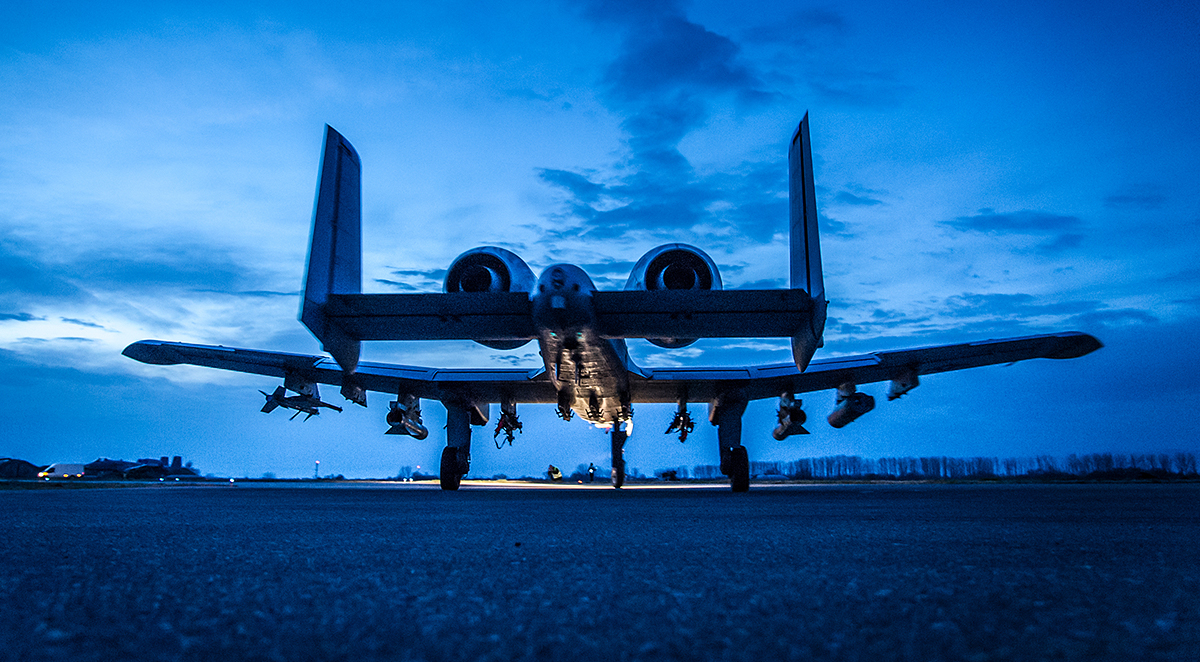
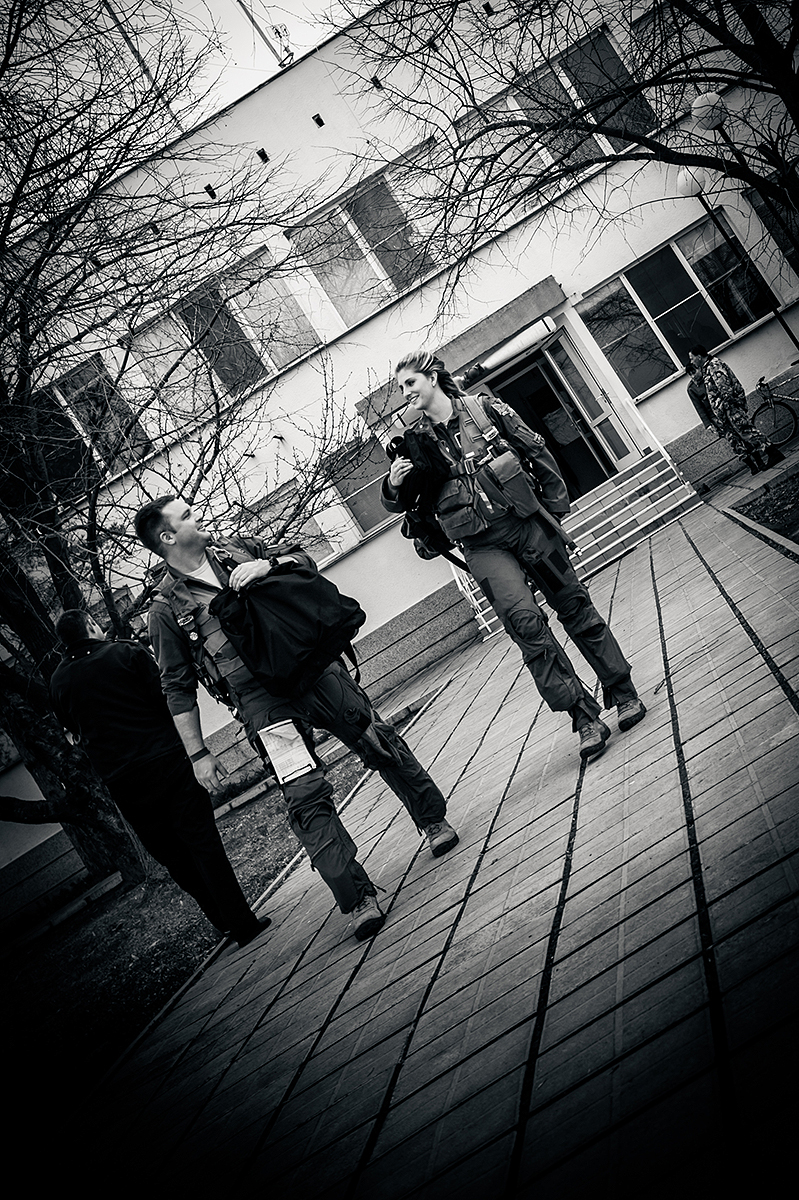
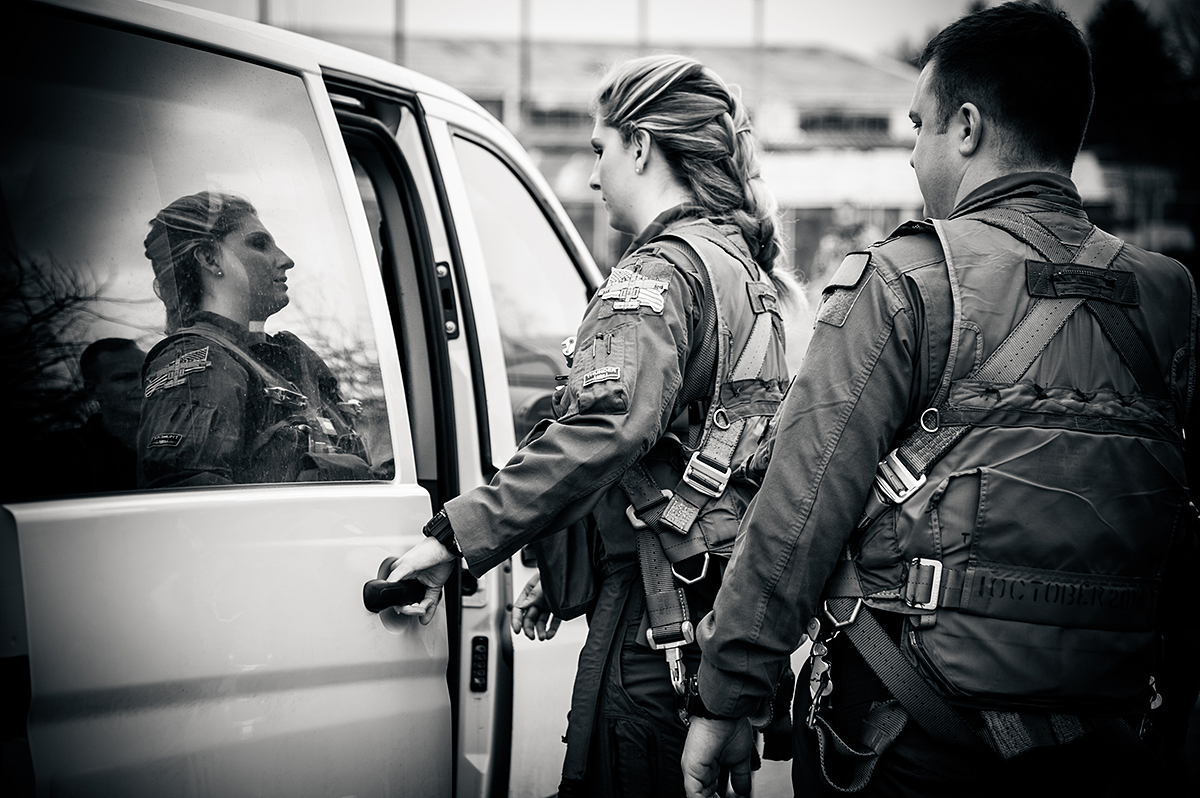
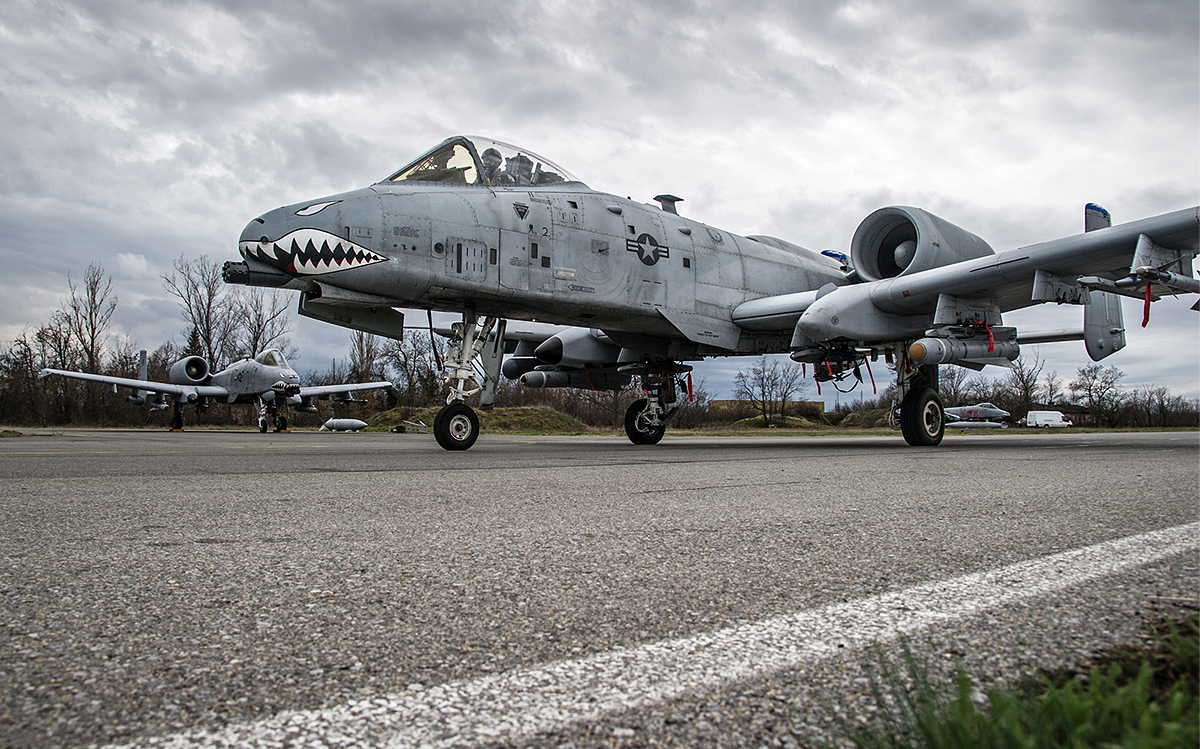
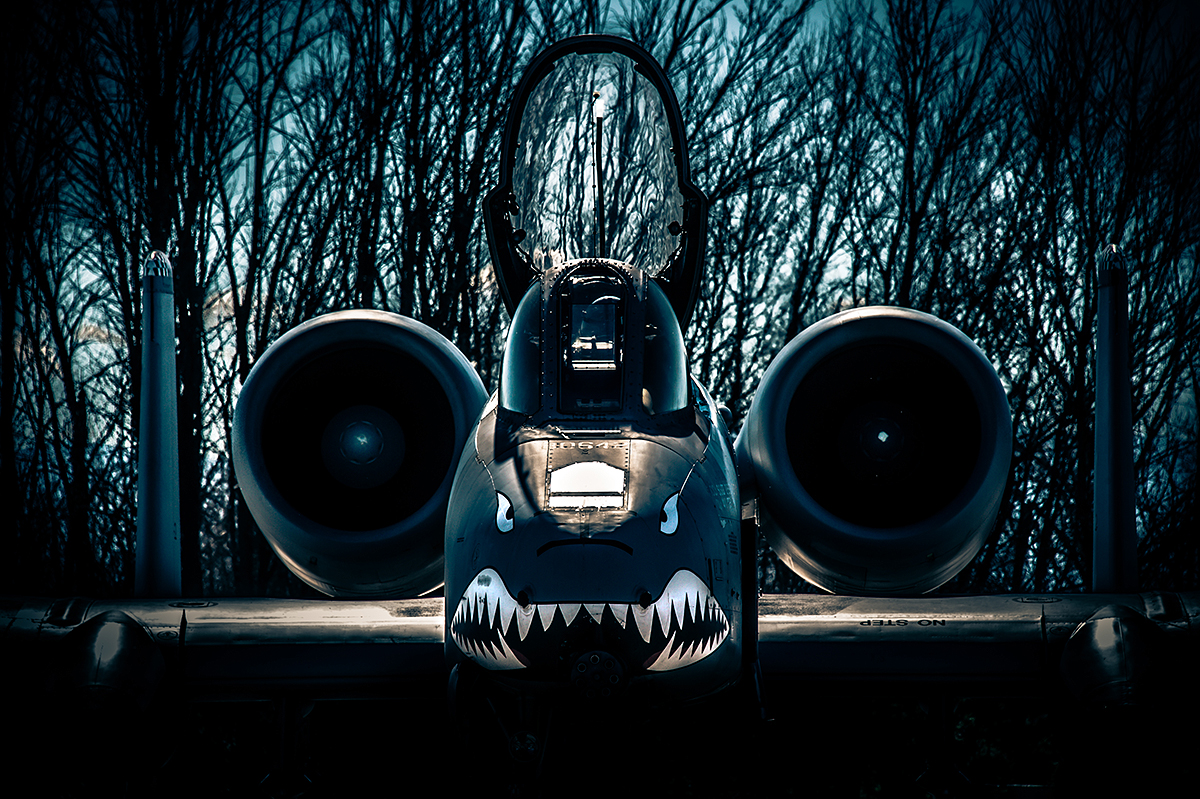
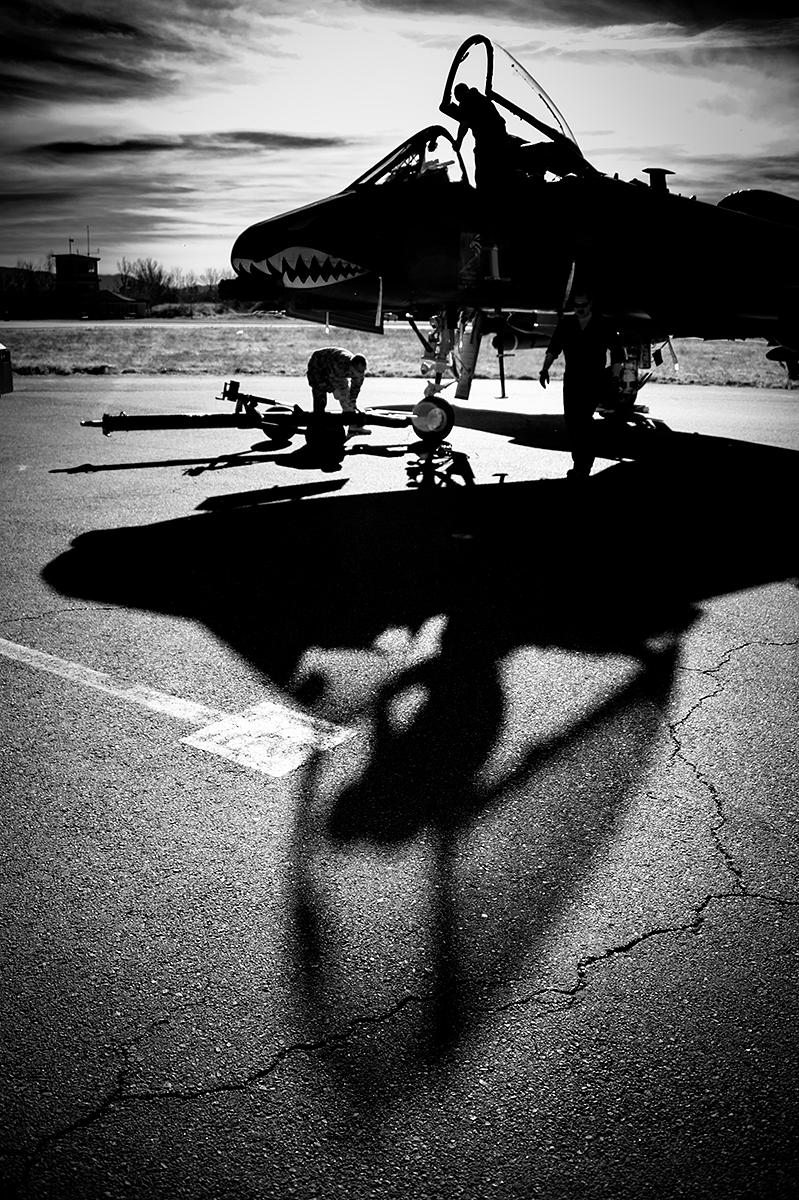
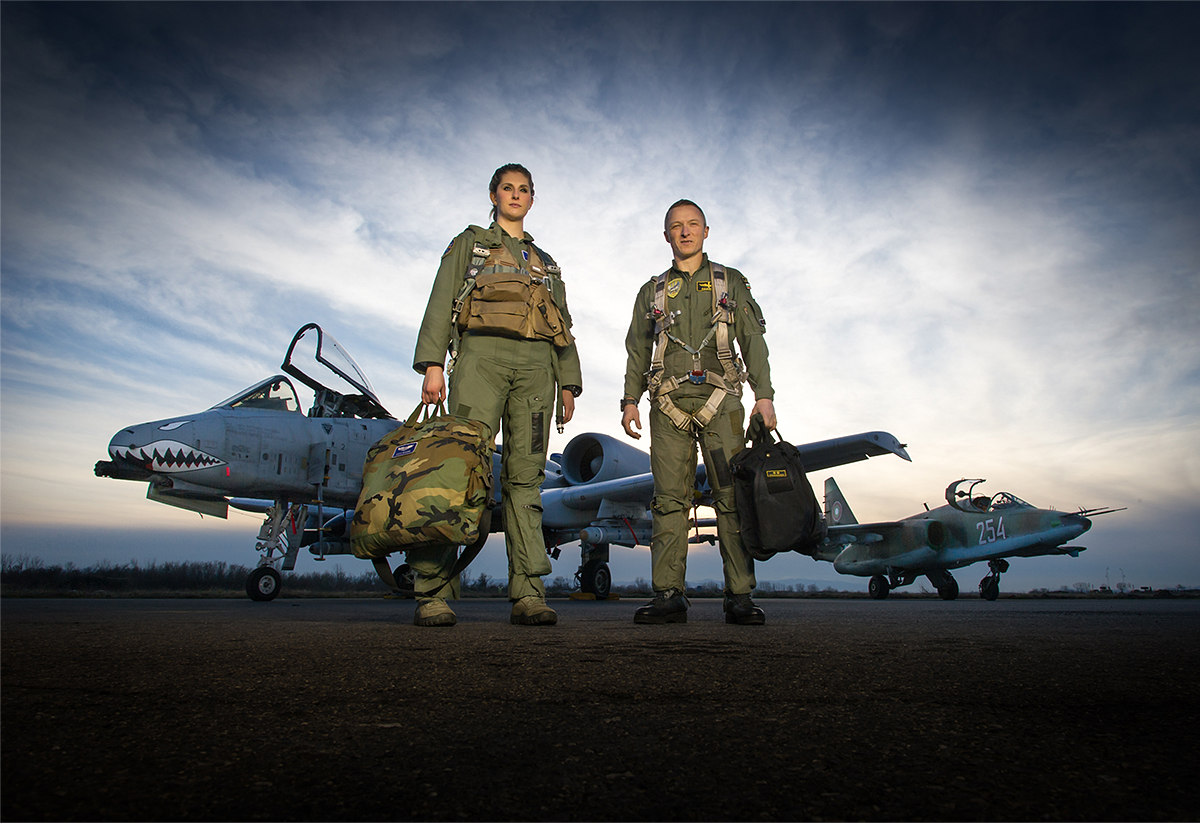
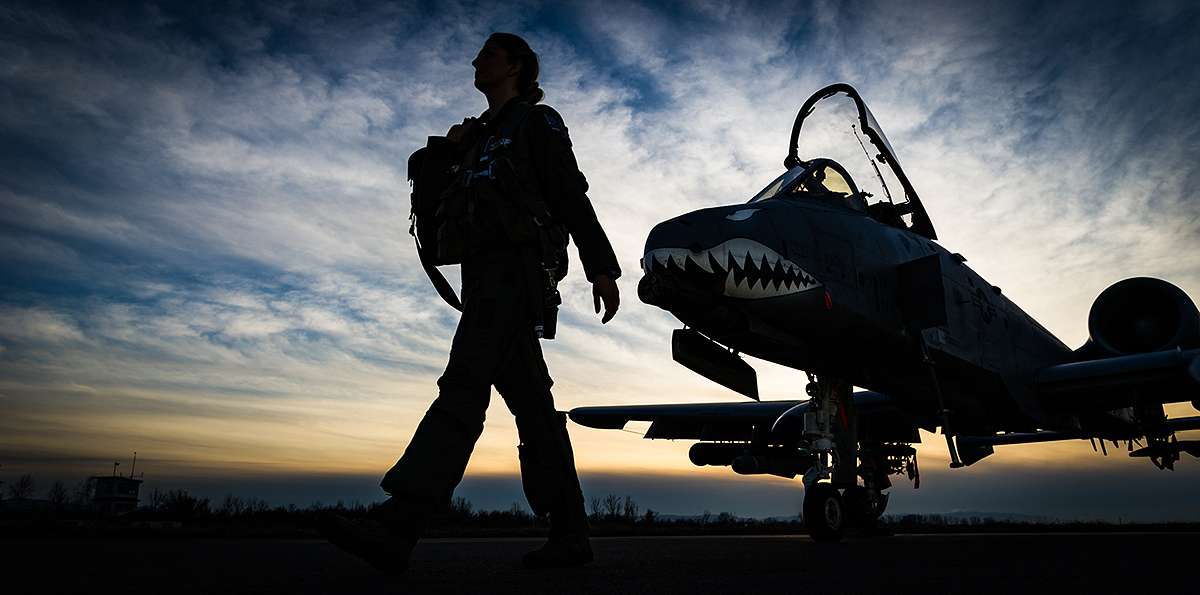
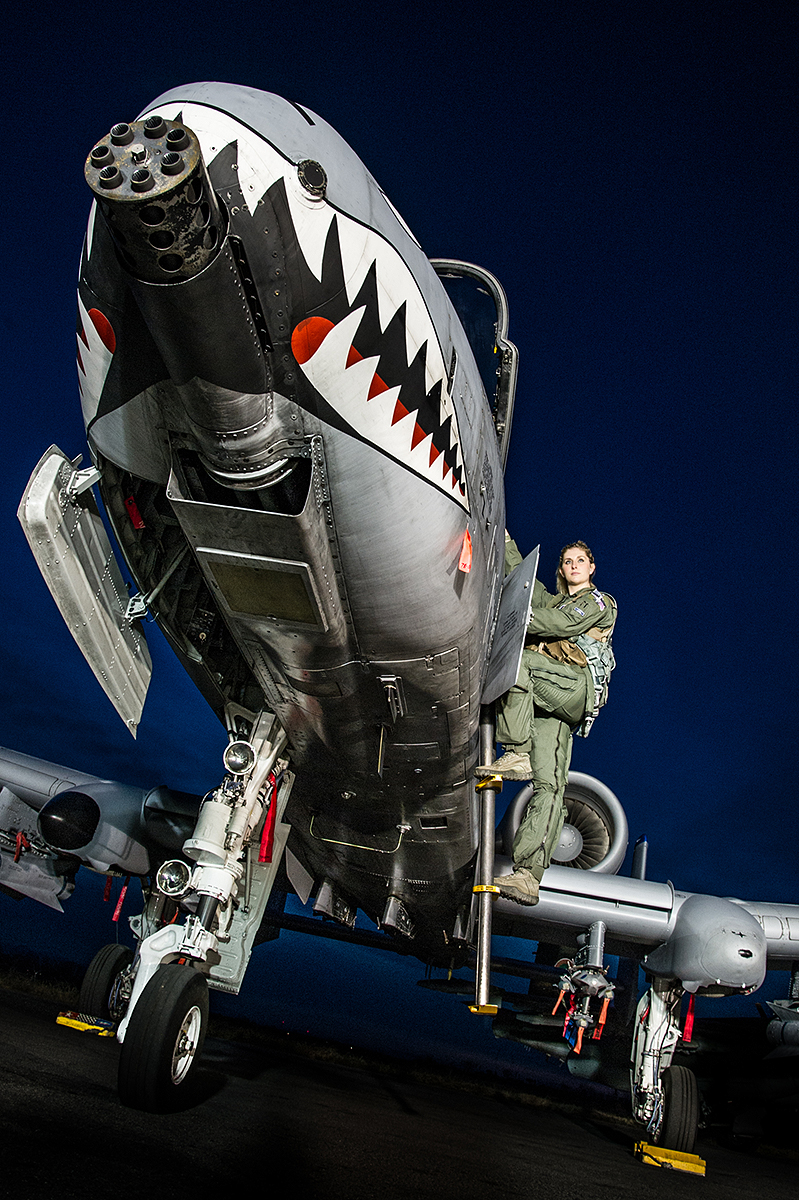
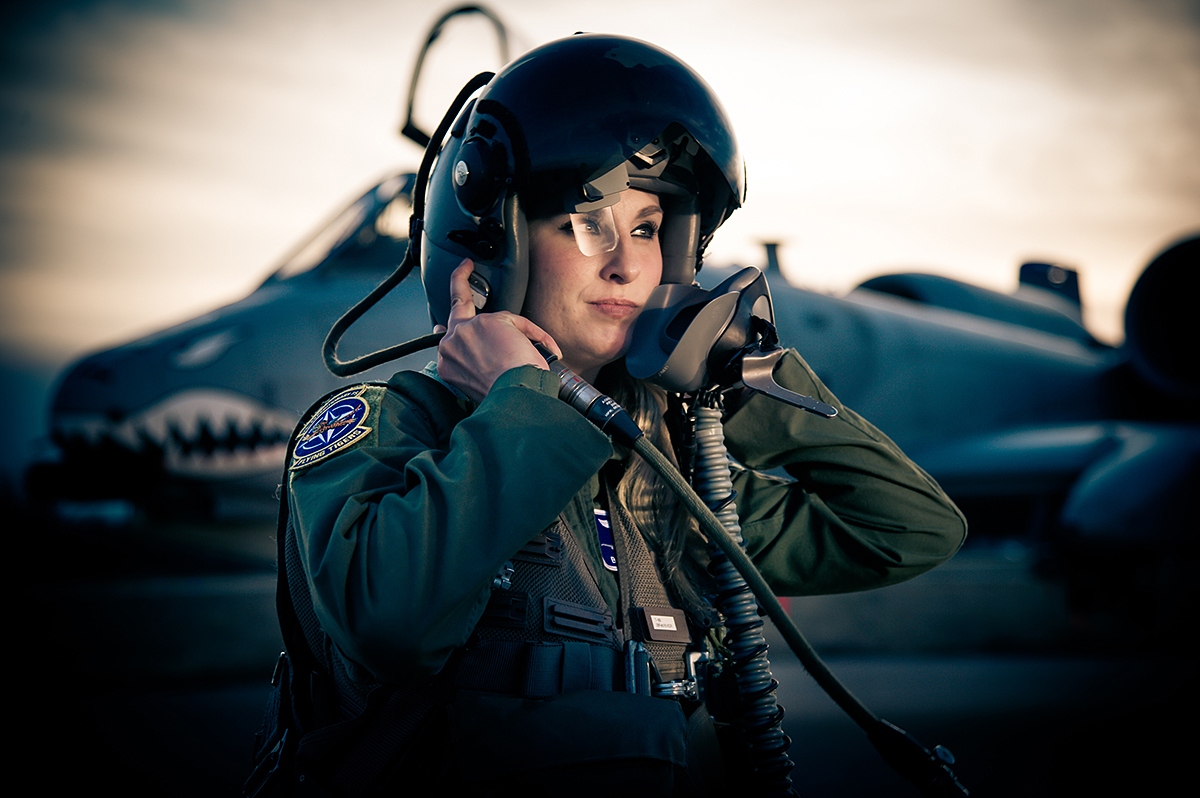
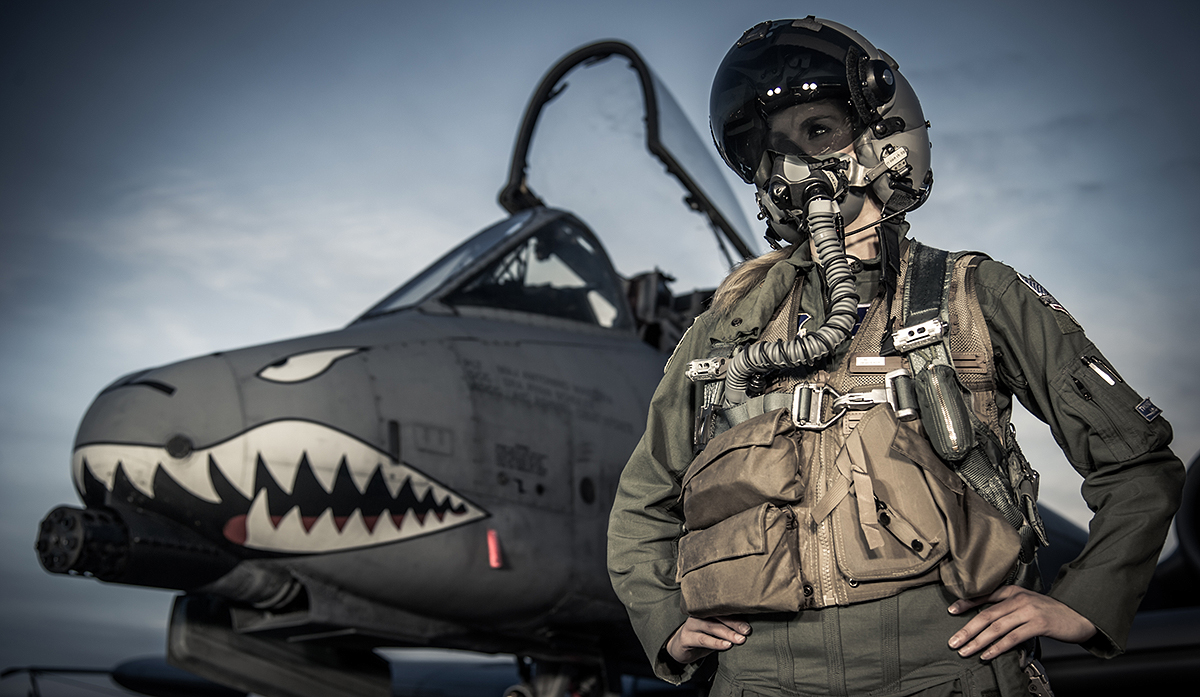
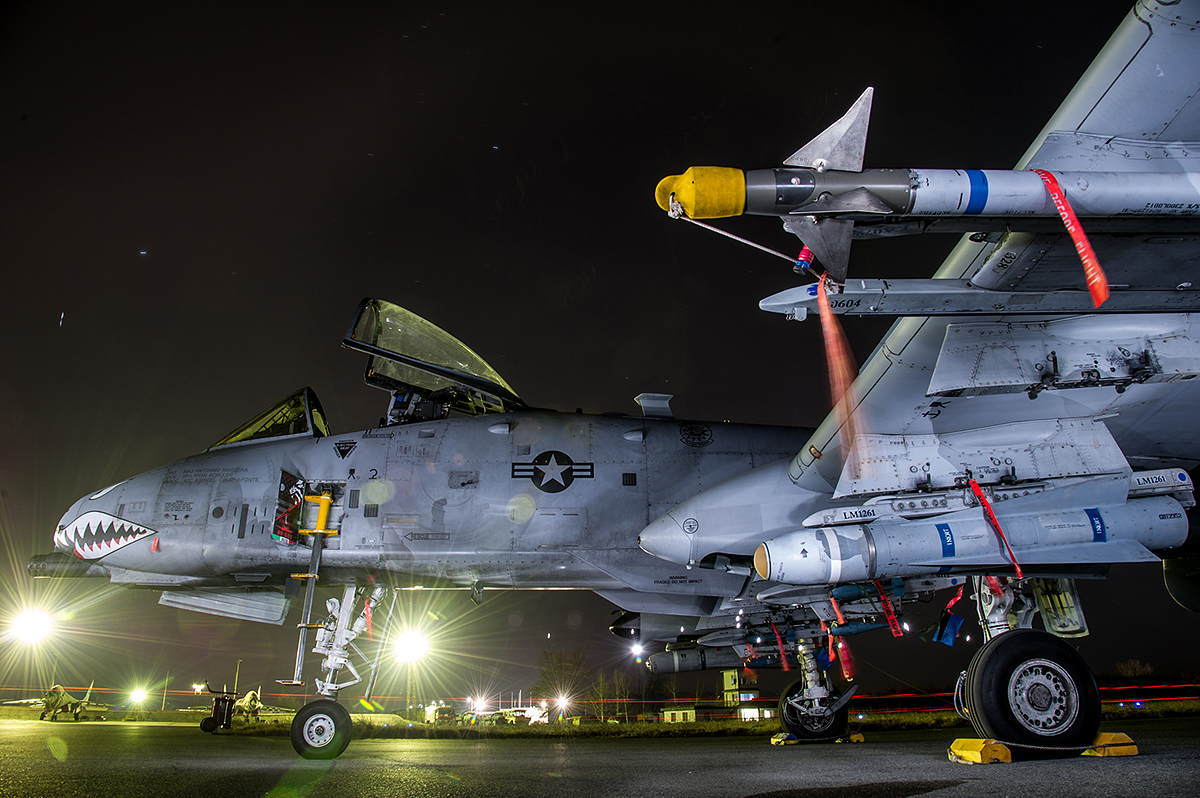
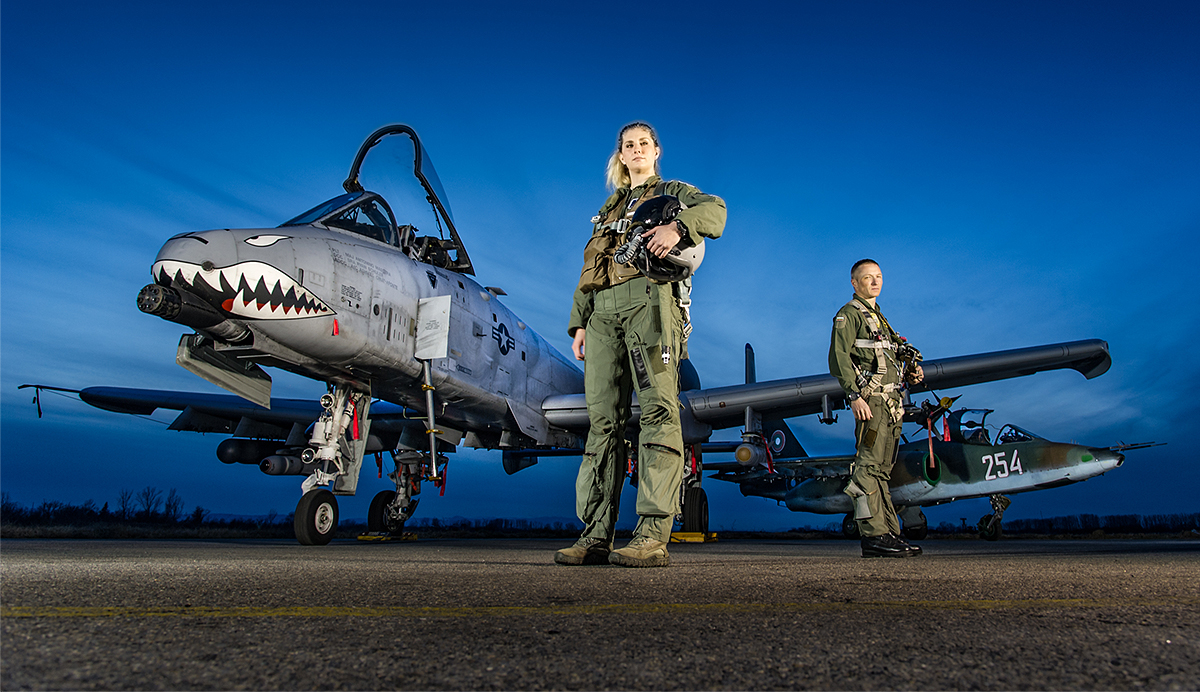
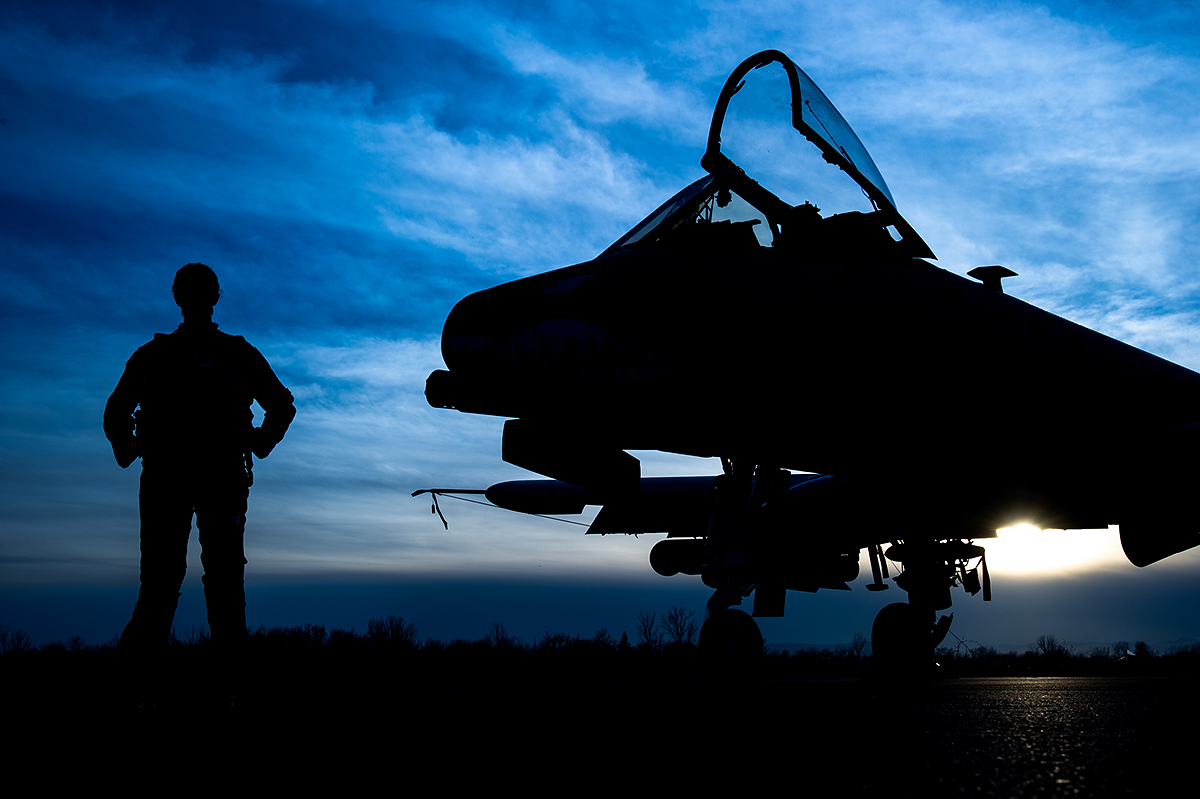
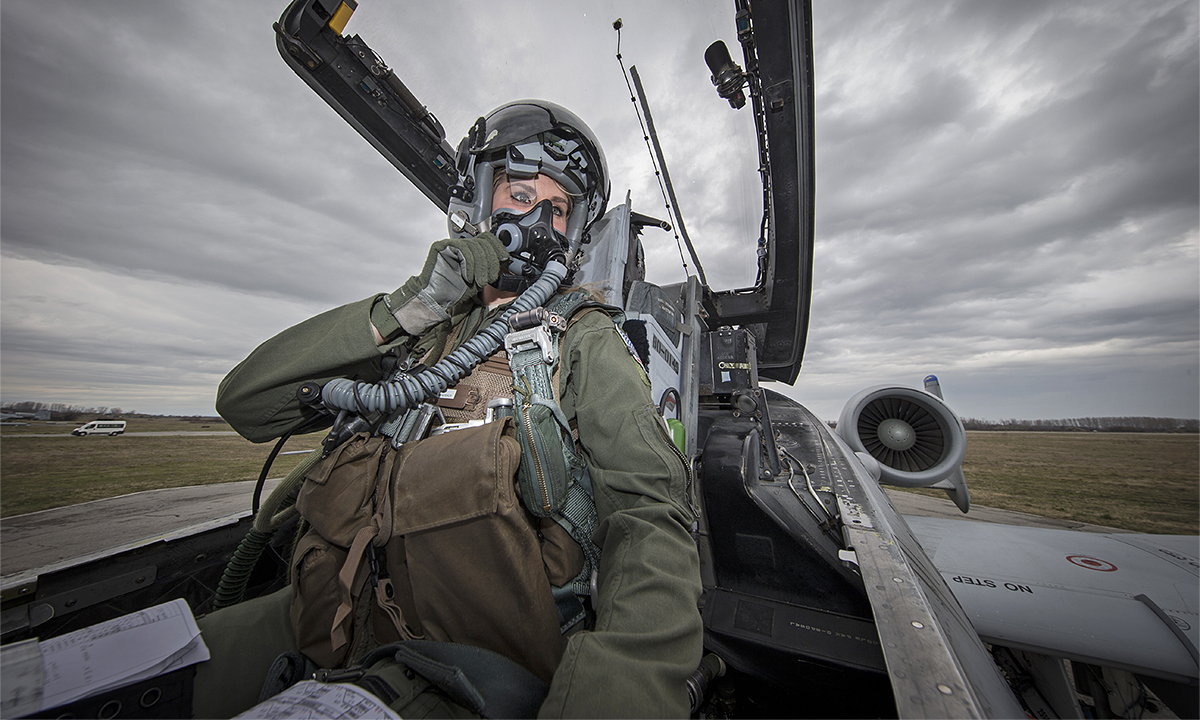
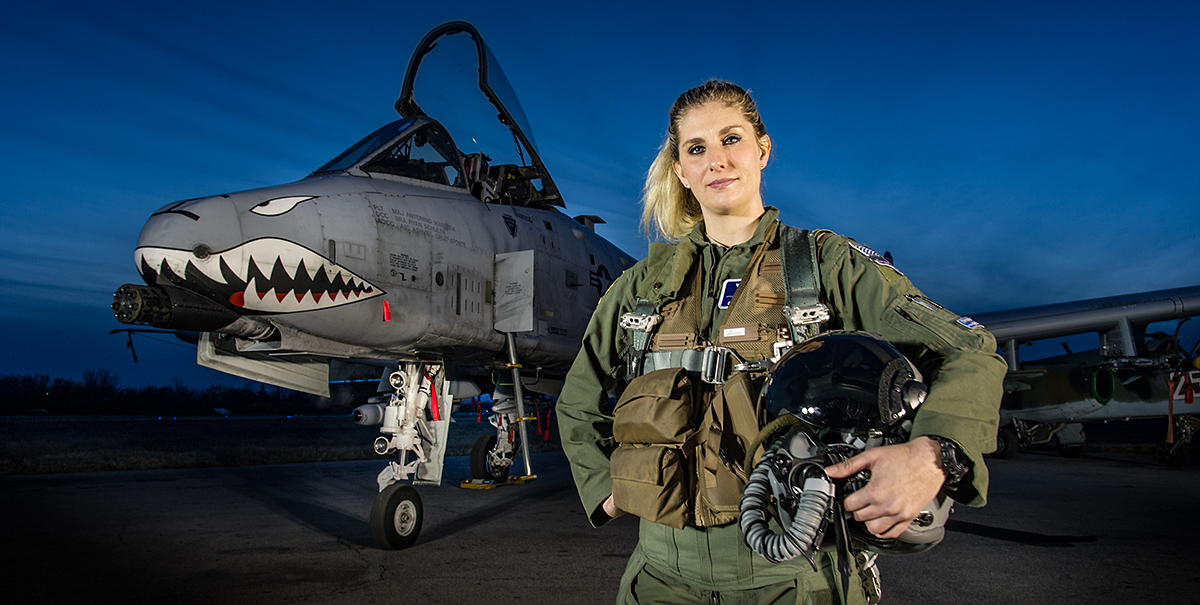
A special thanks to Frank Crebas of Bluelife Aviation & Rich Cooper of the Centre of Aviation Photography for providing the amazing images you saw in this article and for executing the interview with Banzai in Bulgaria. Make sure to check out their websites linked above at to follow them on Facebook here and here.
Contact the editor Tyler@thedrive.com
